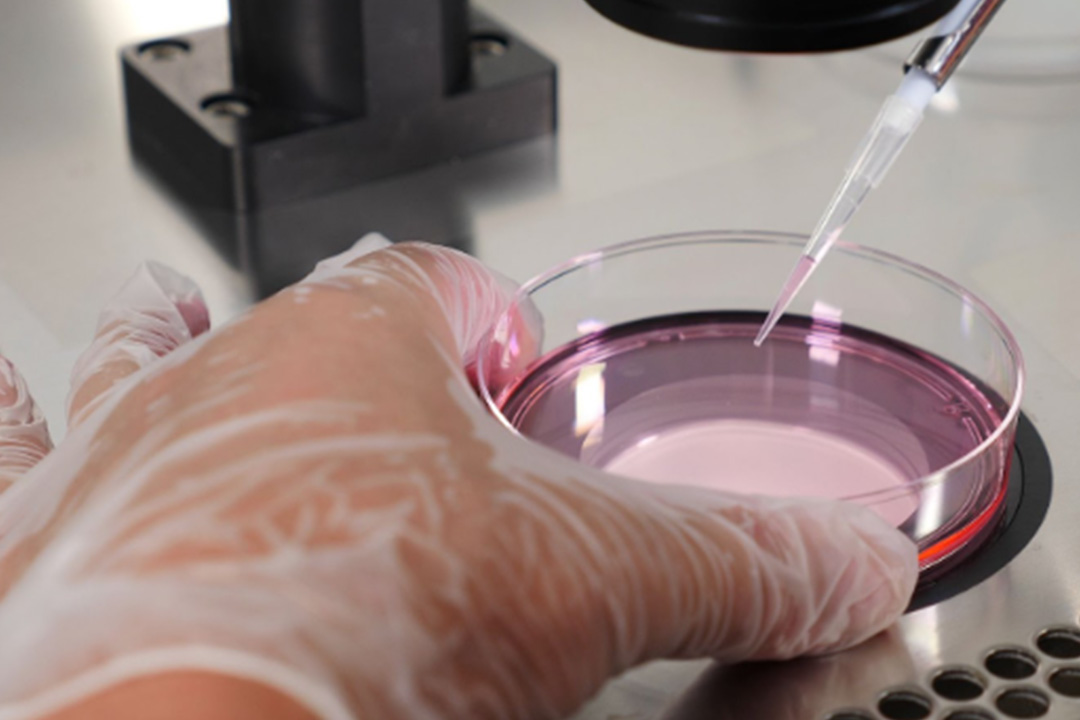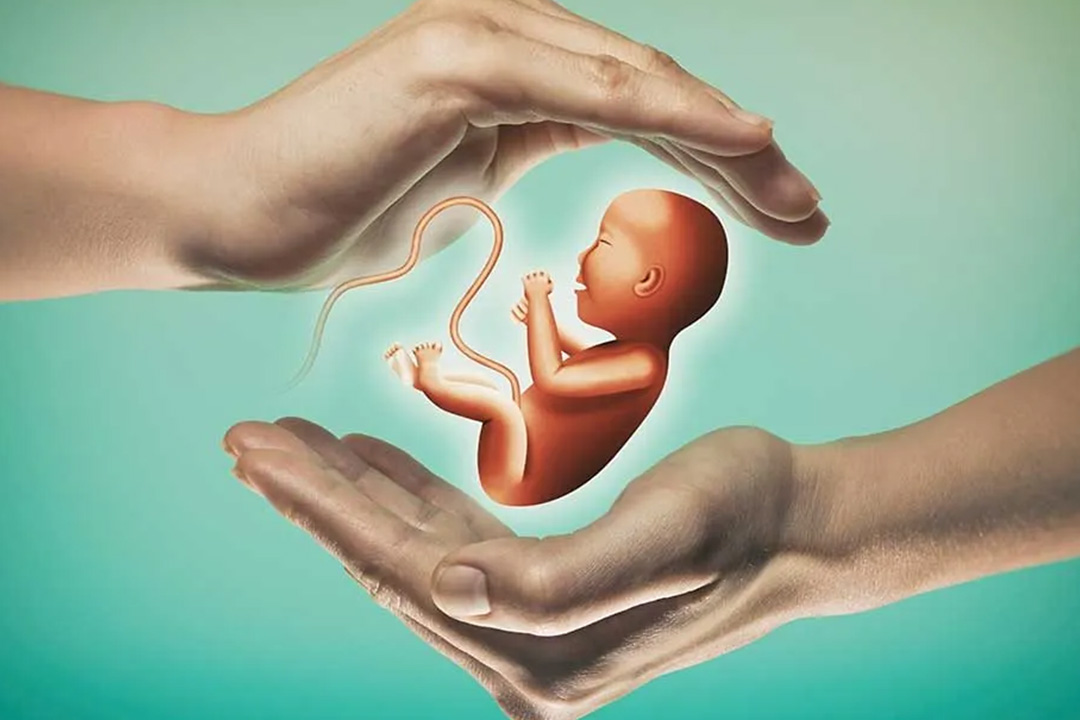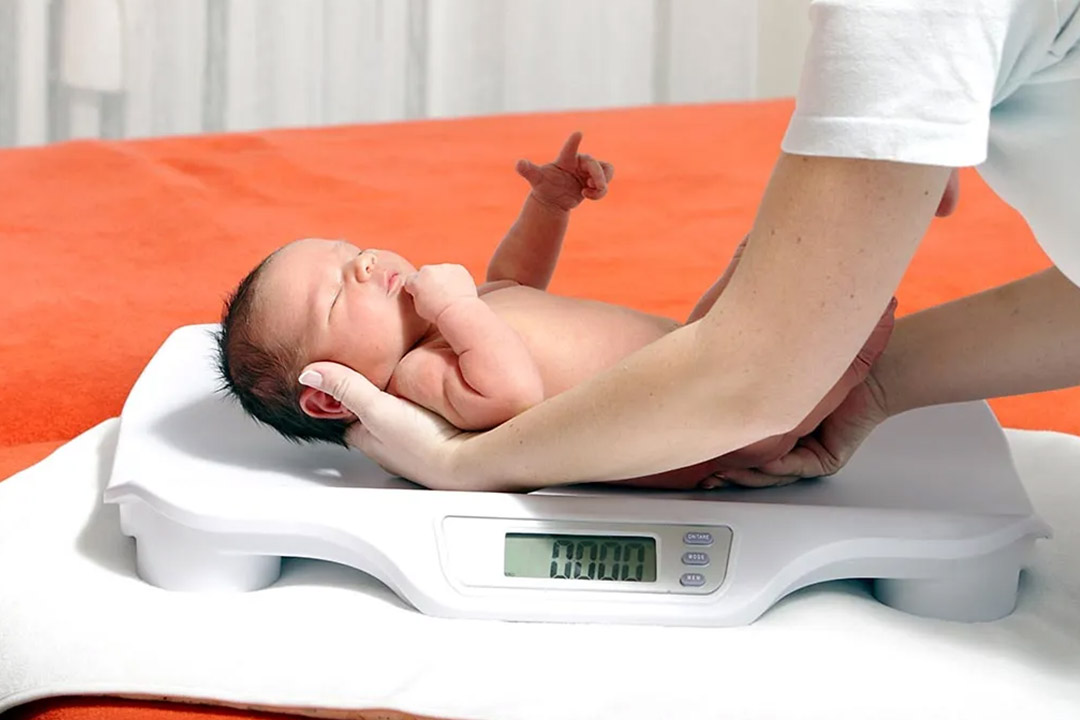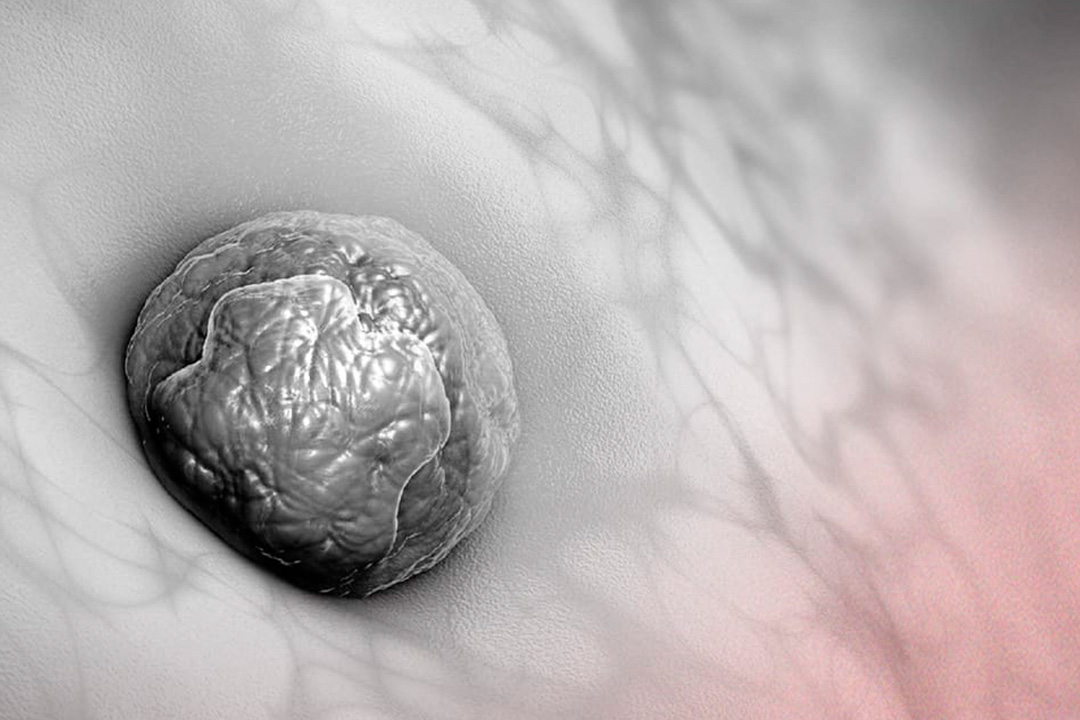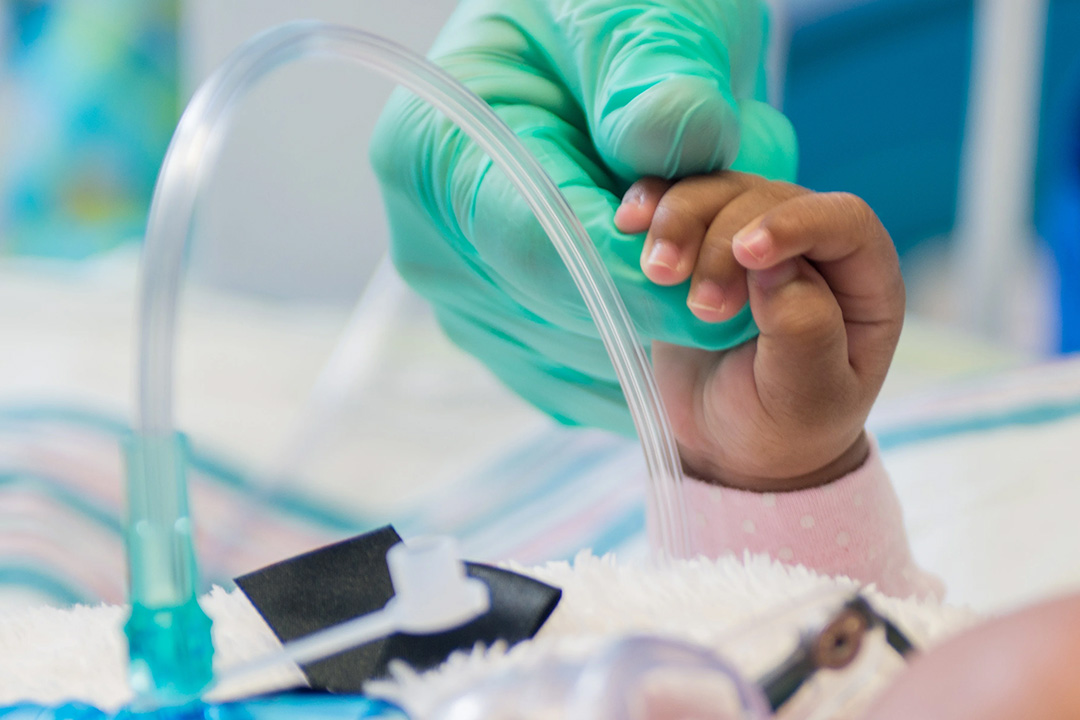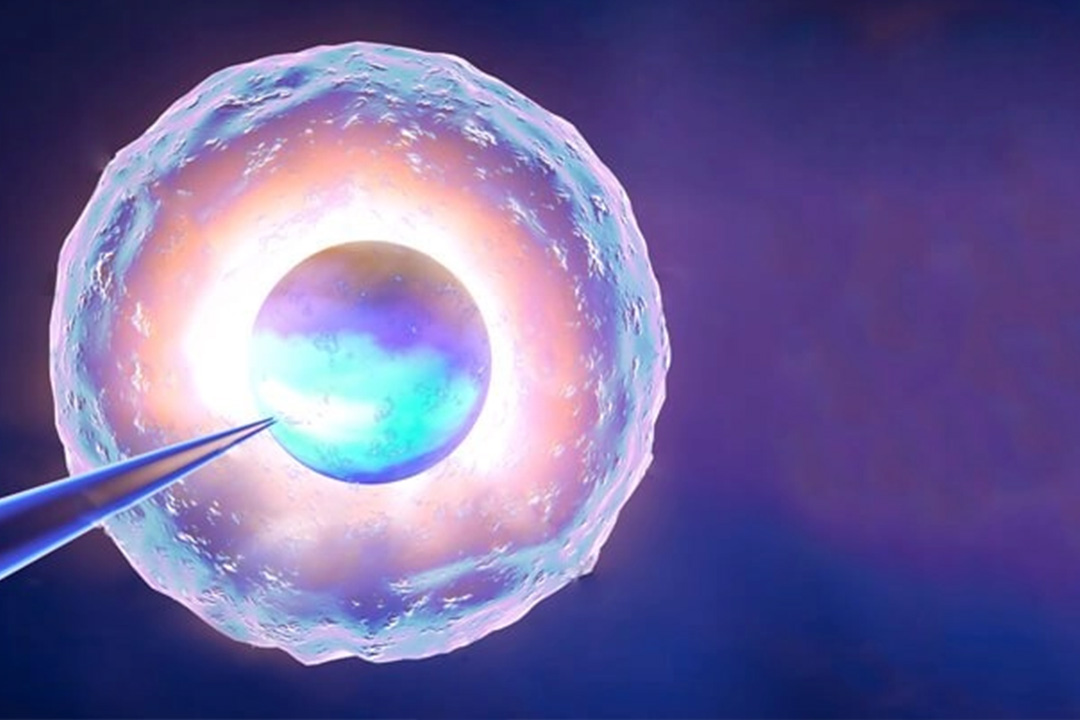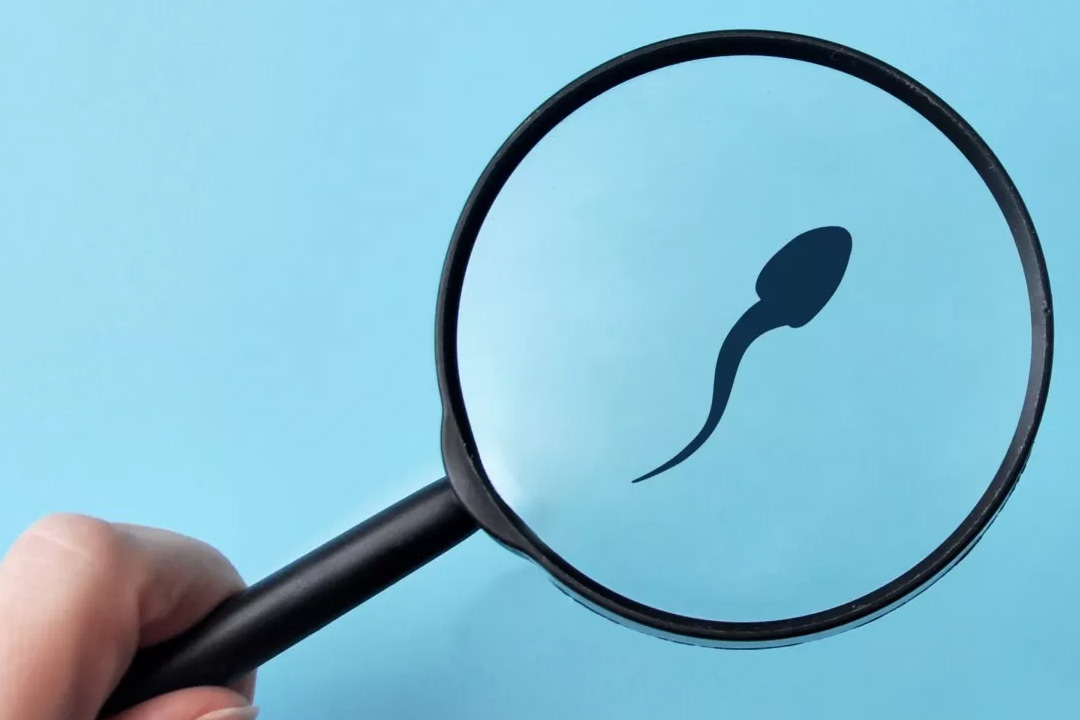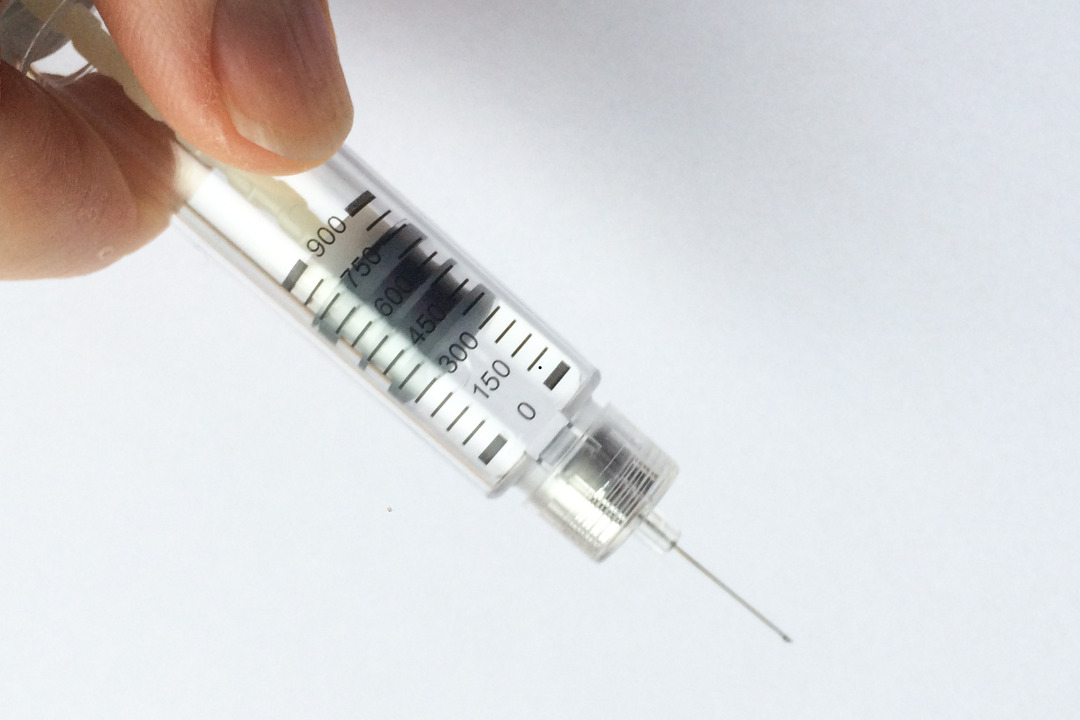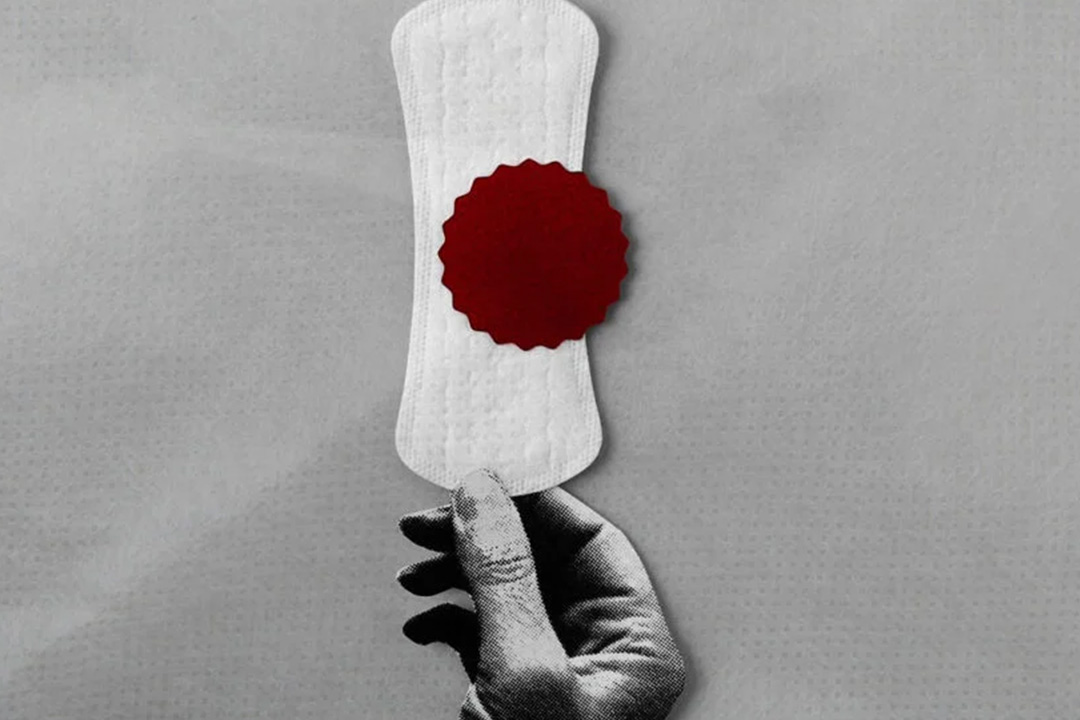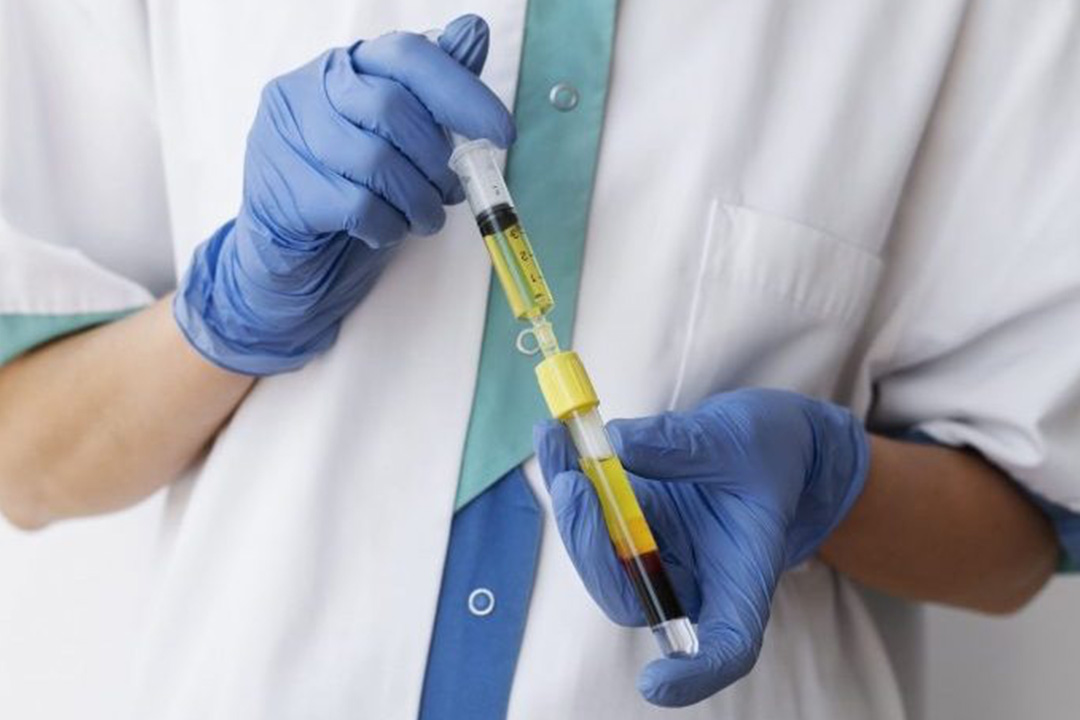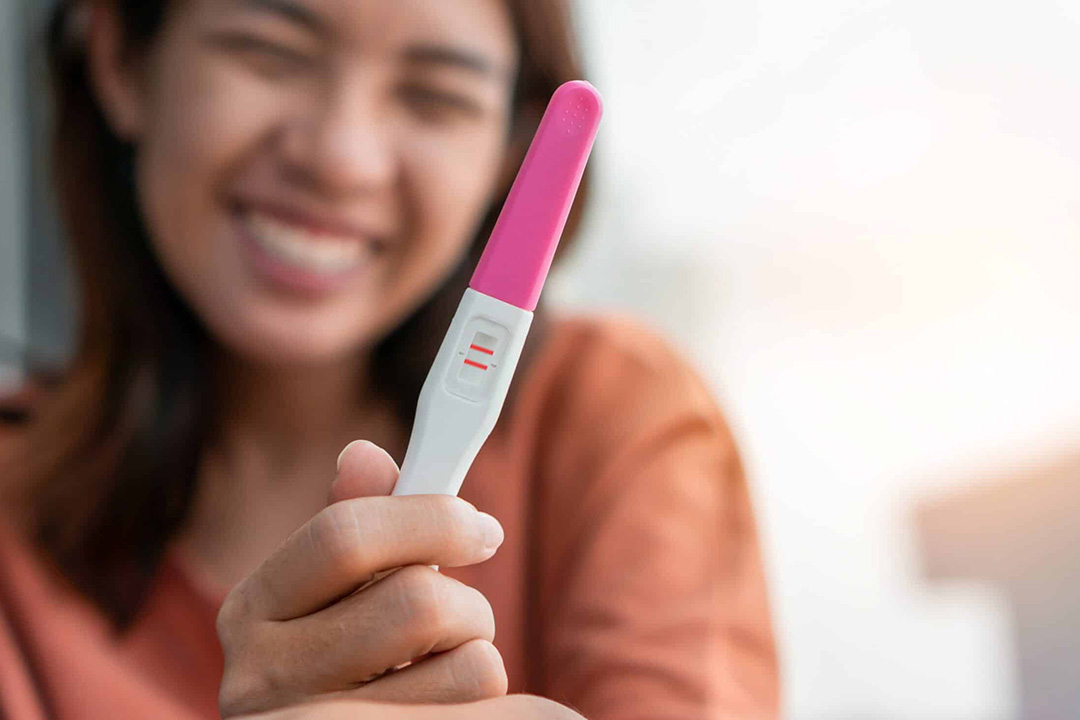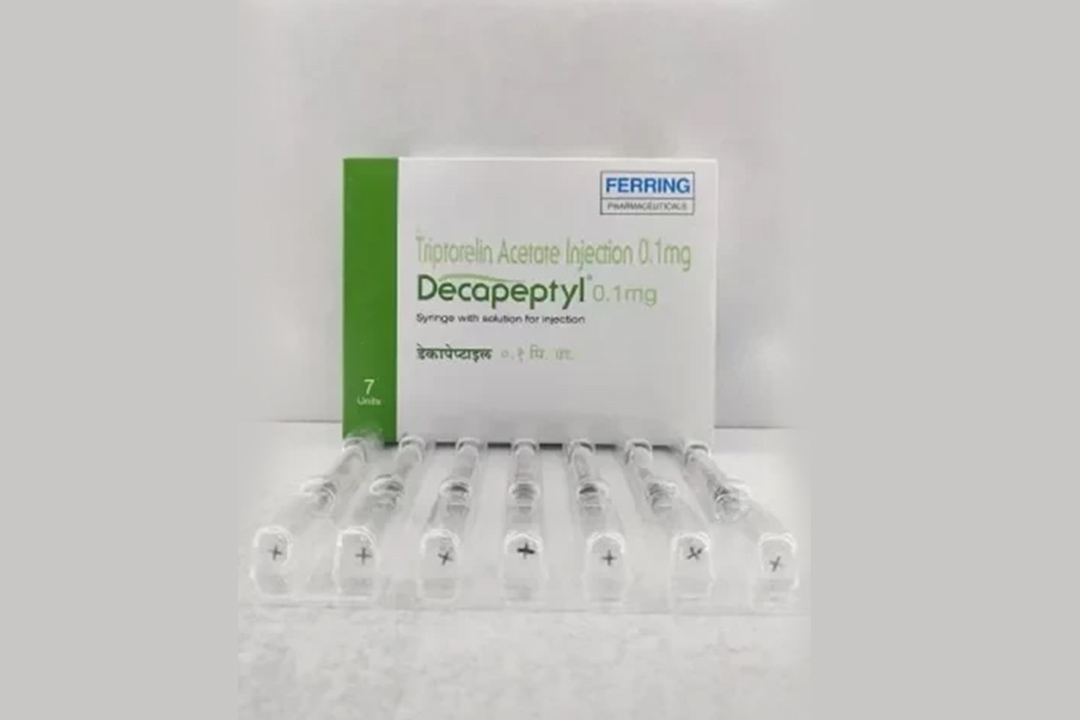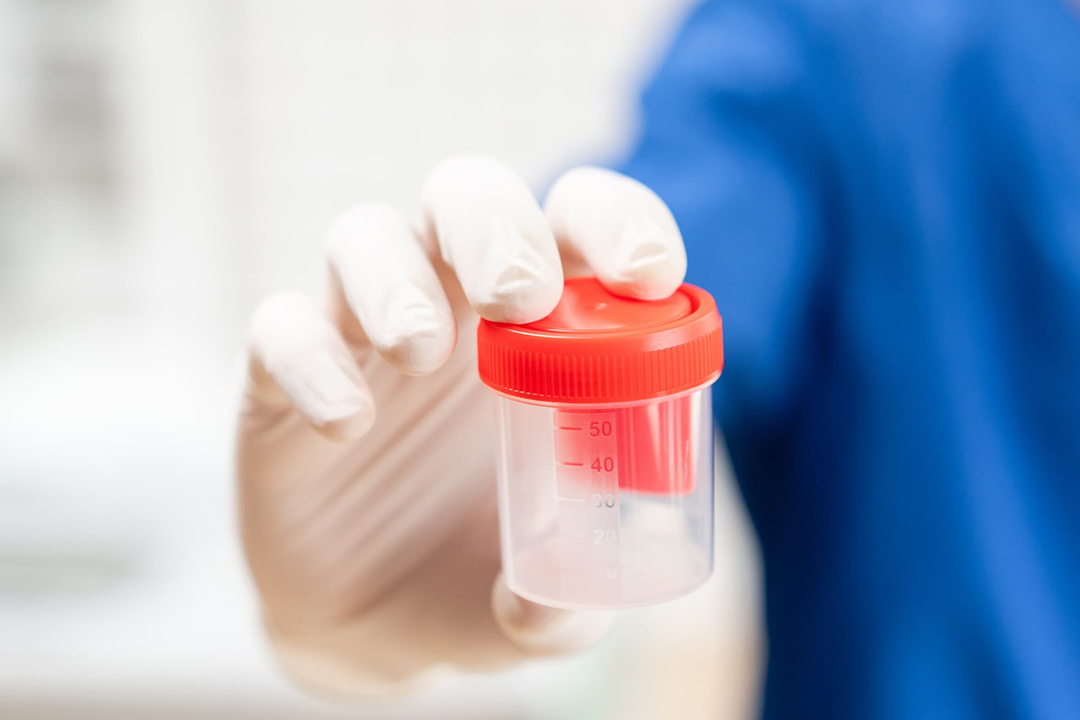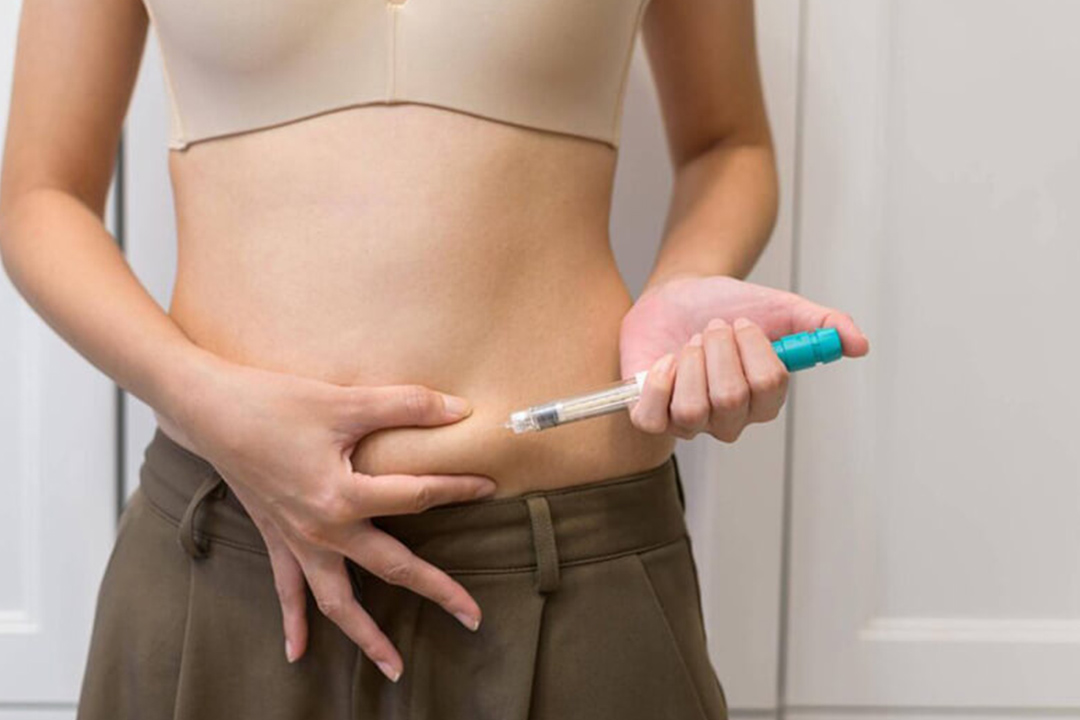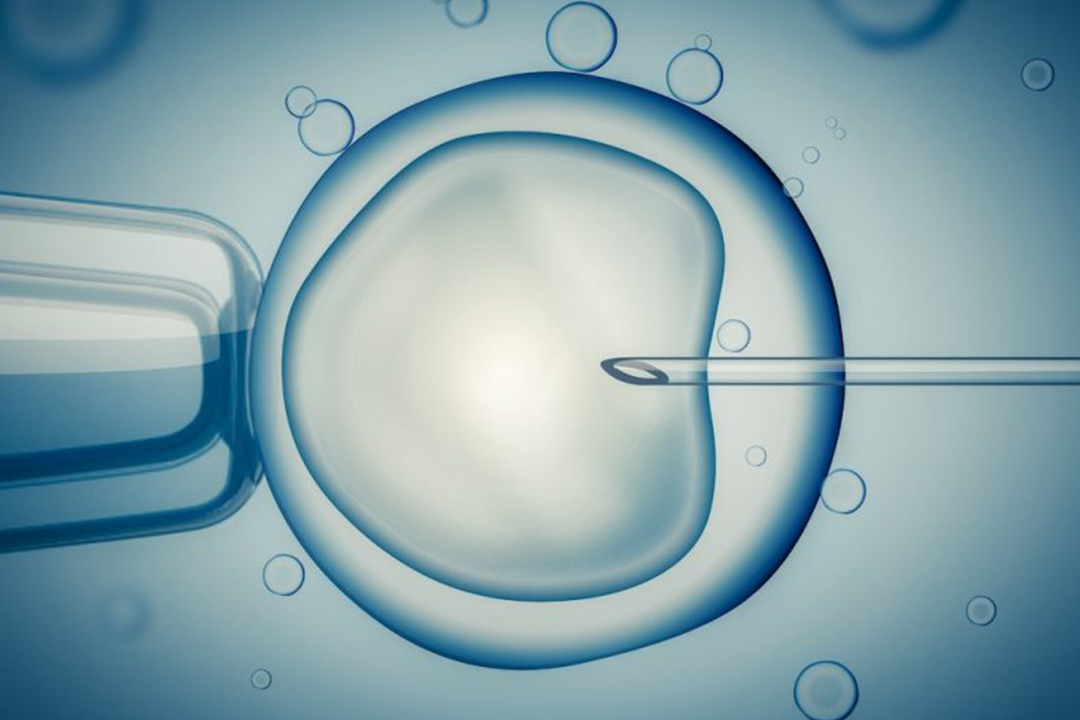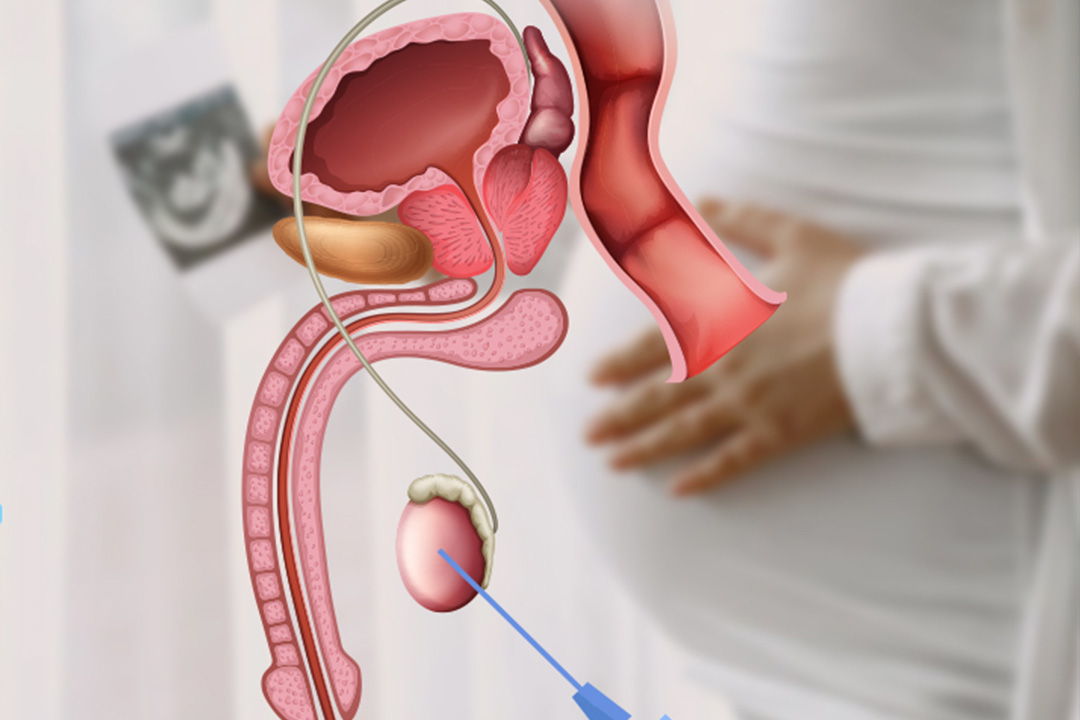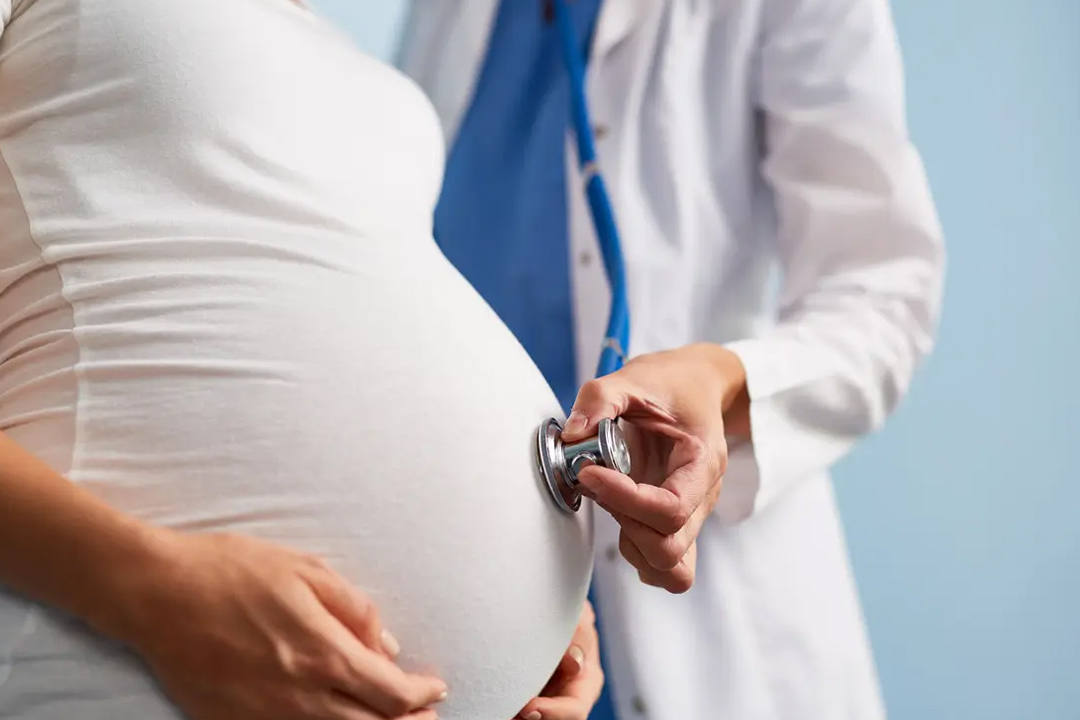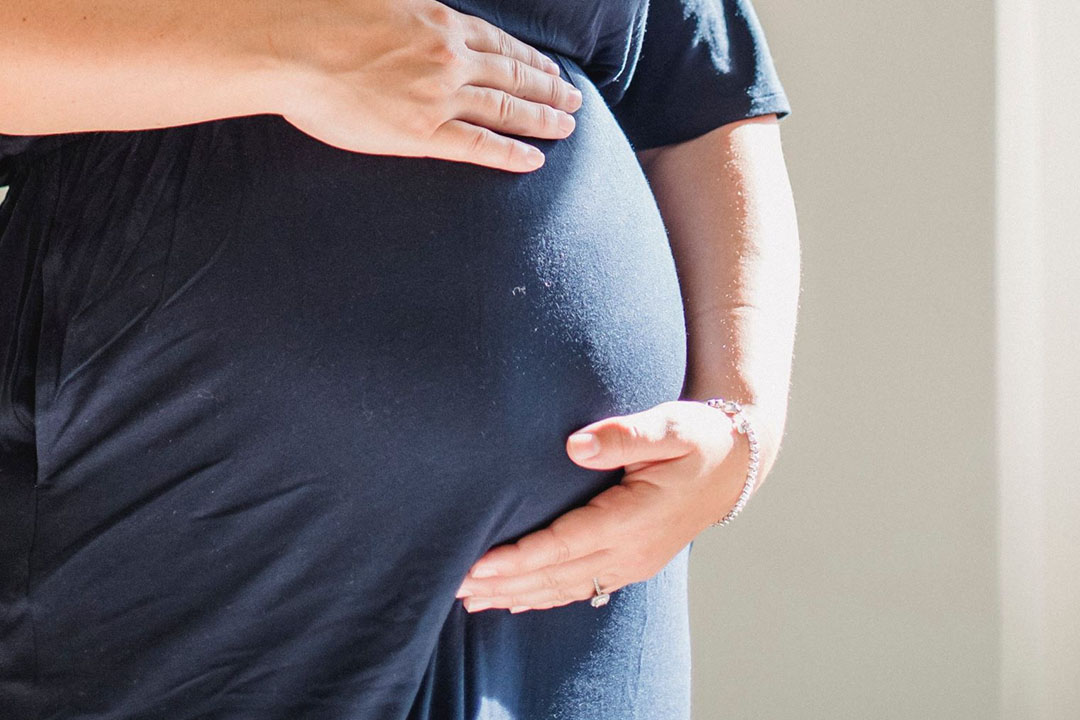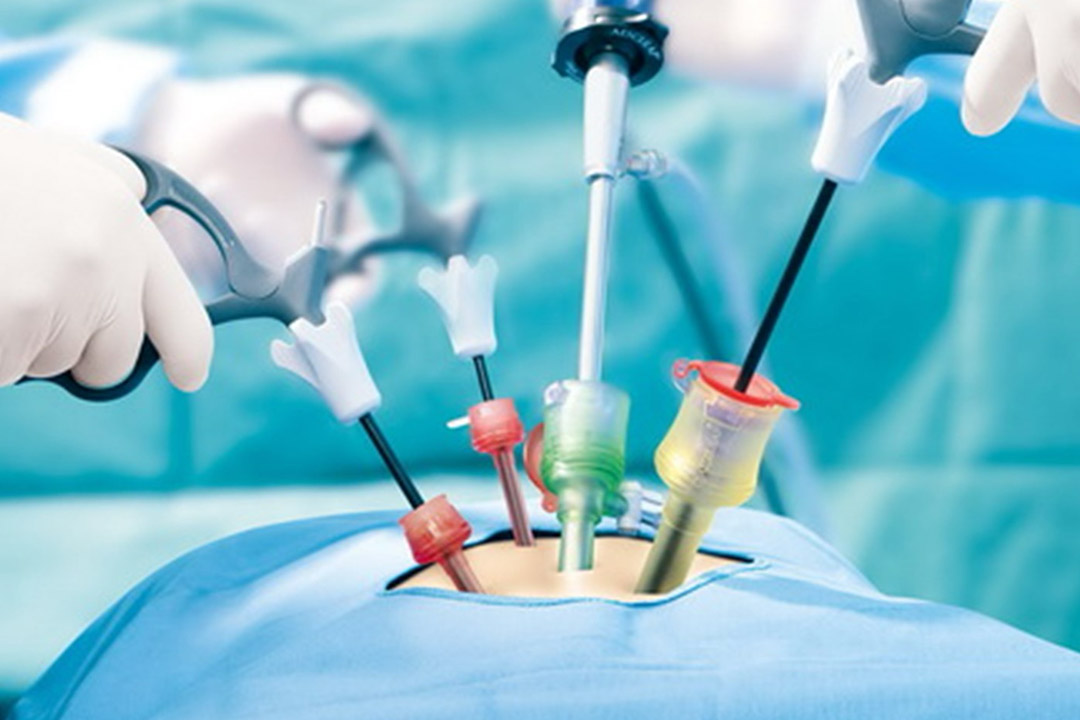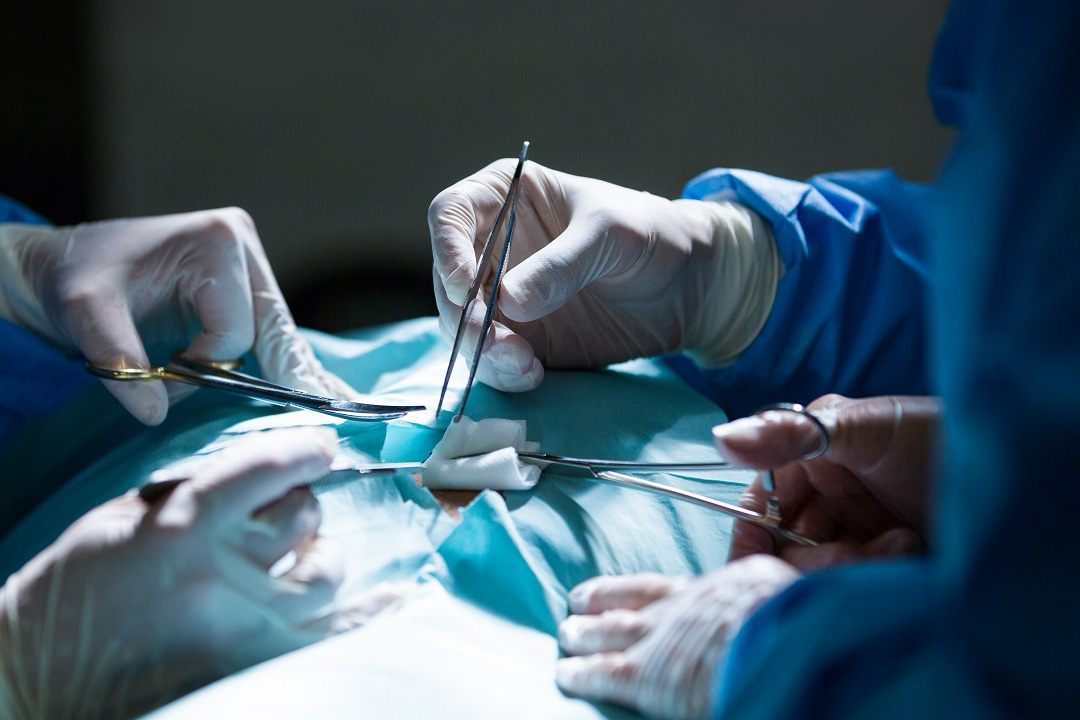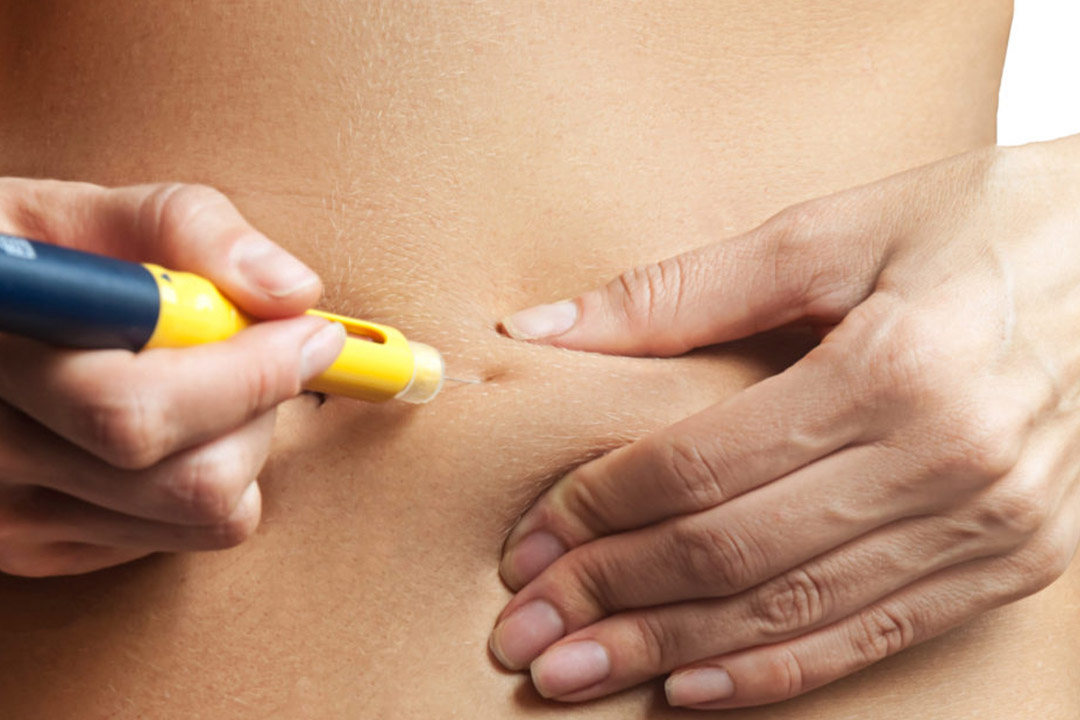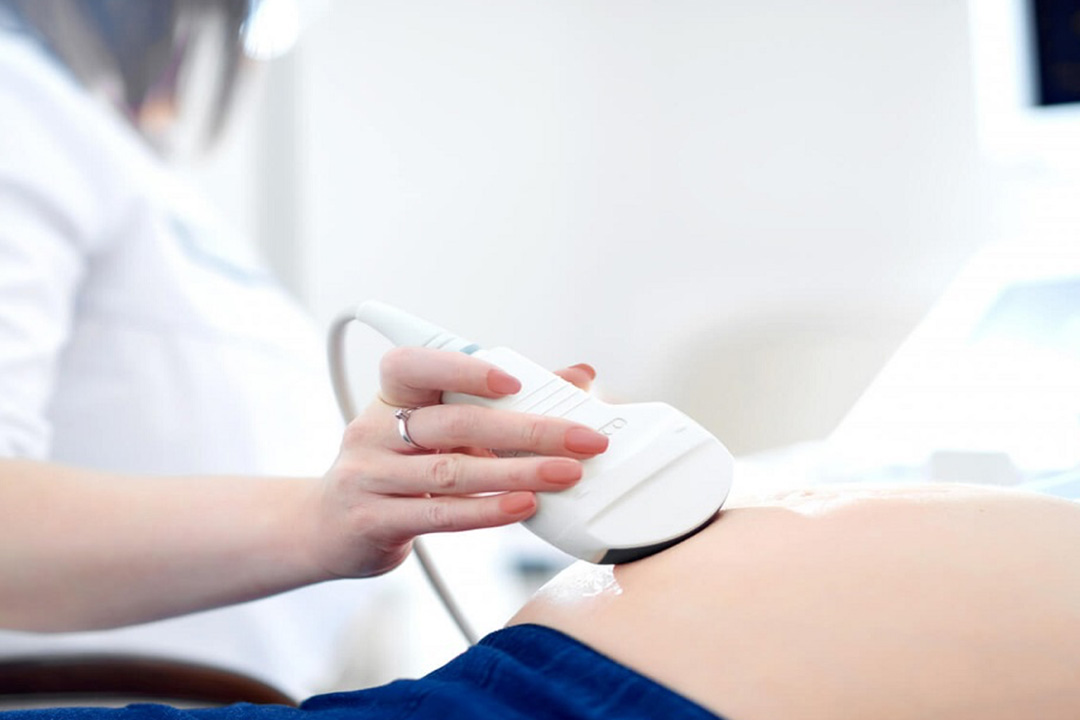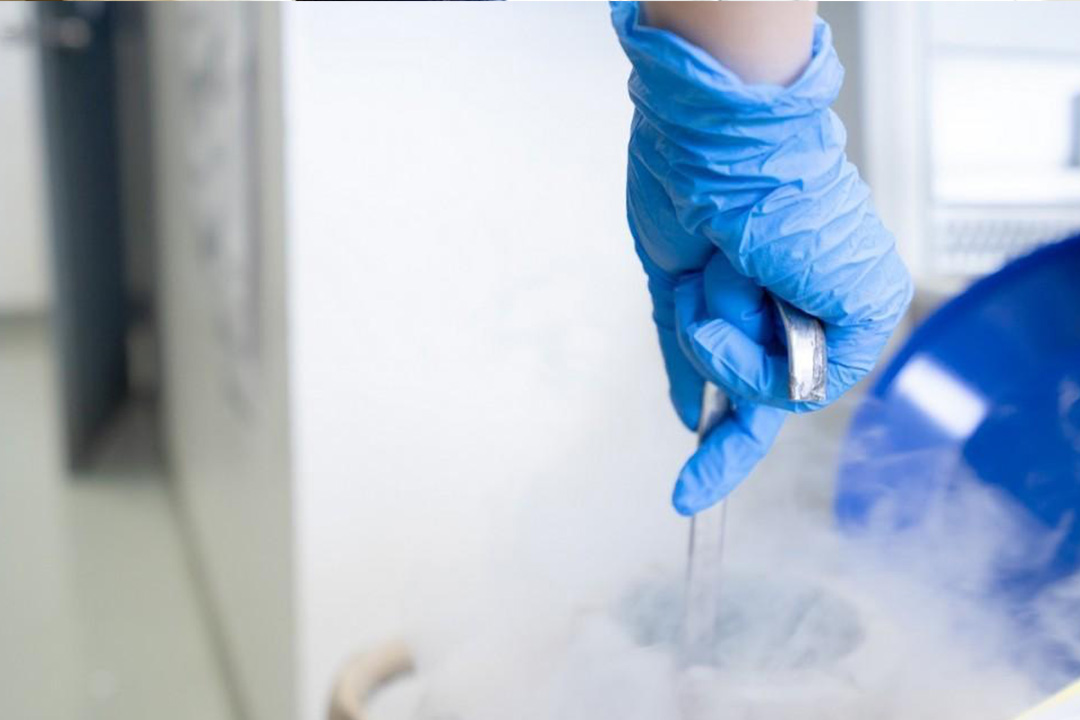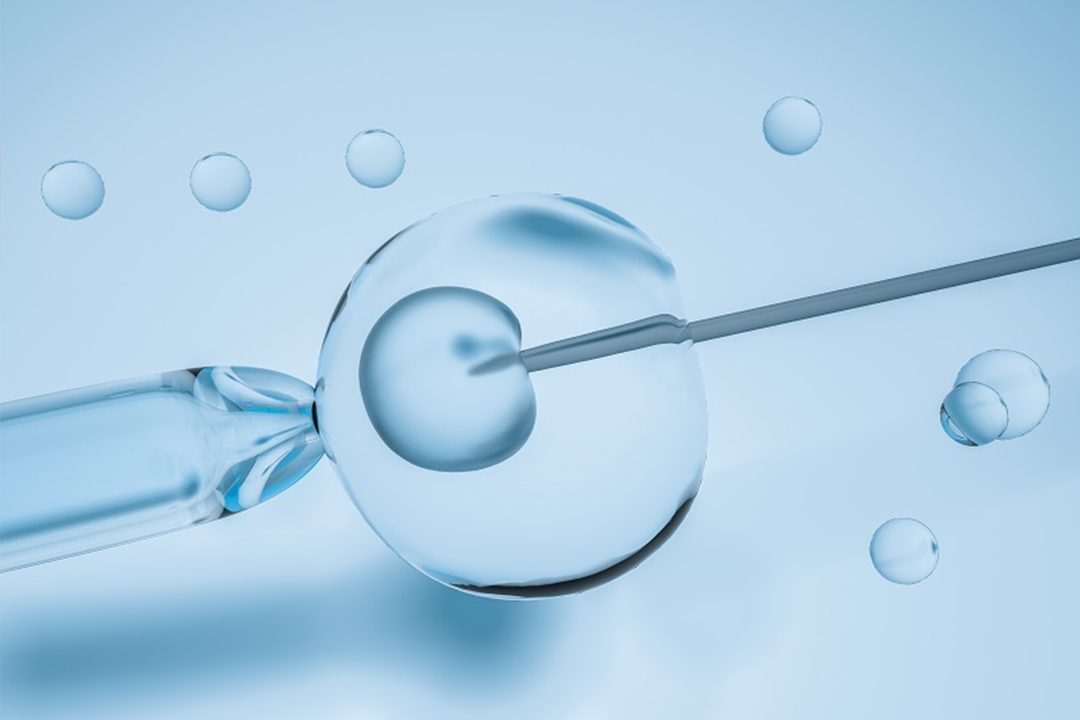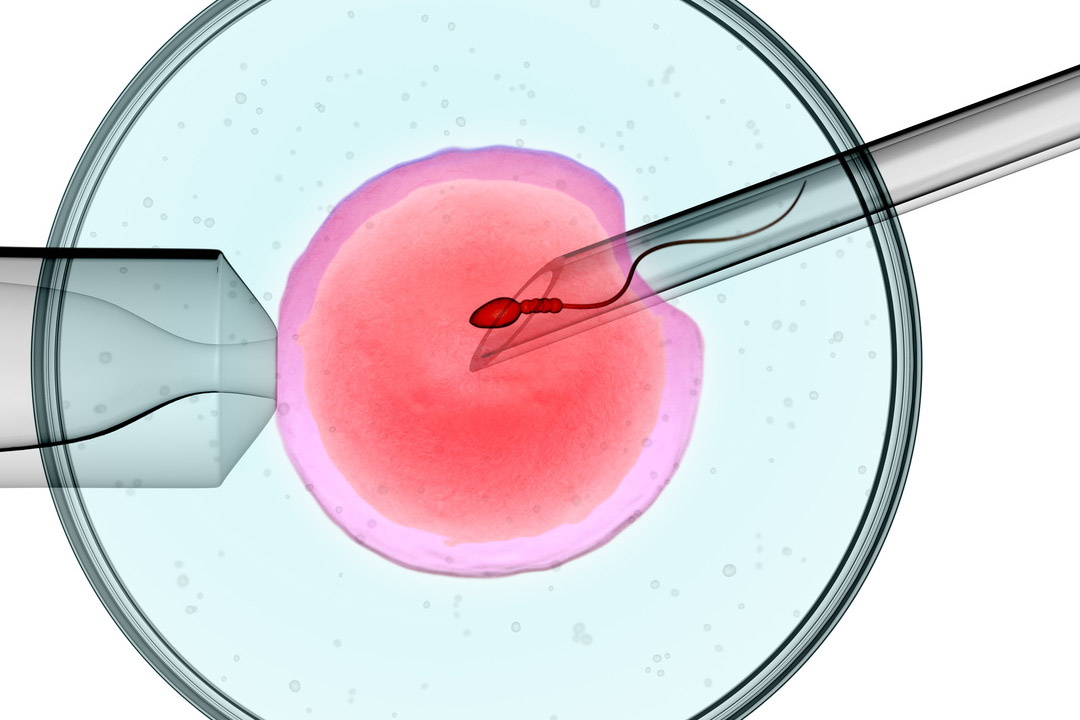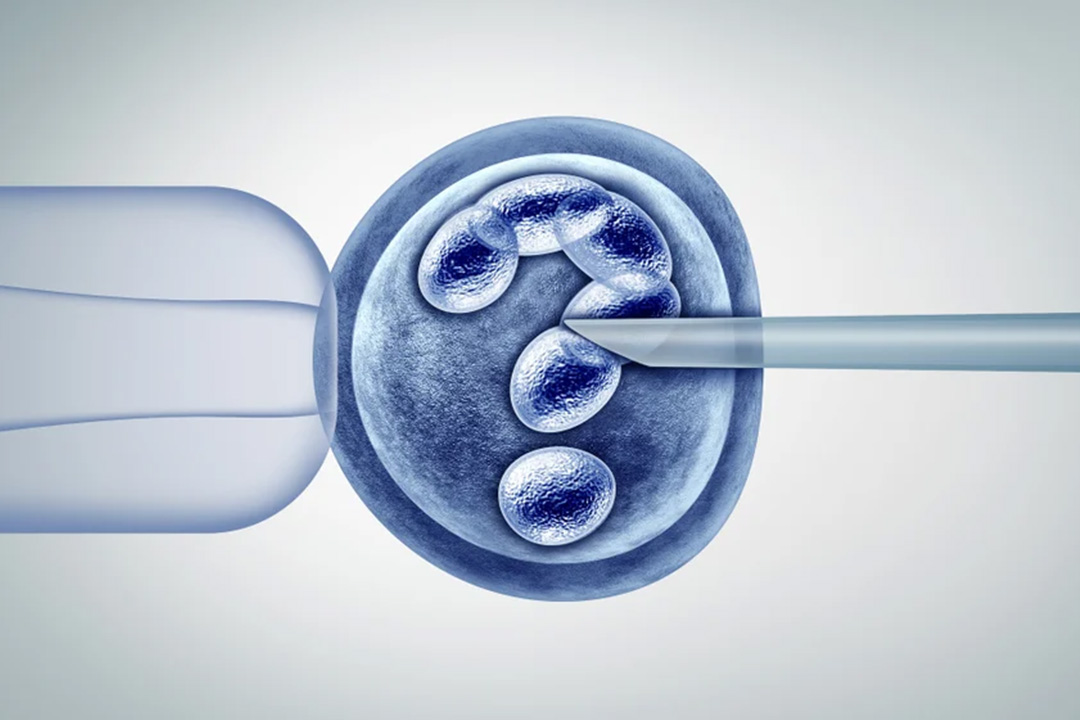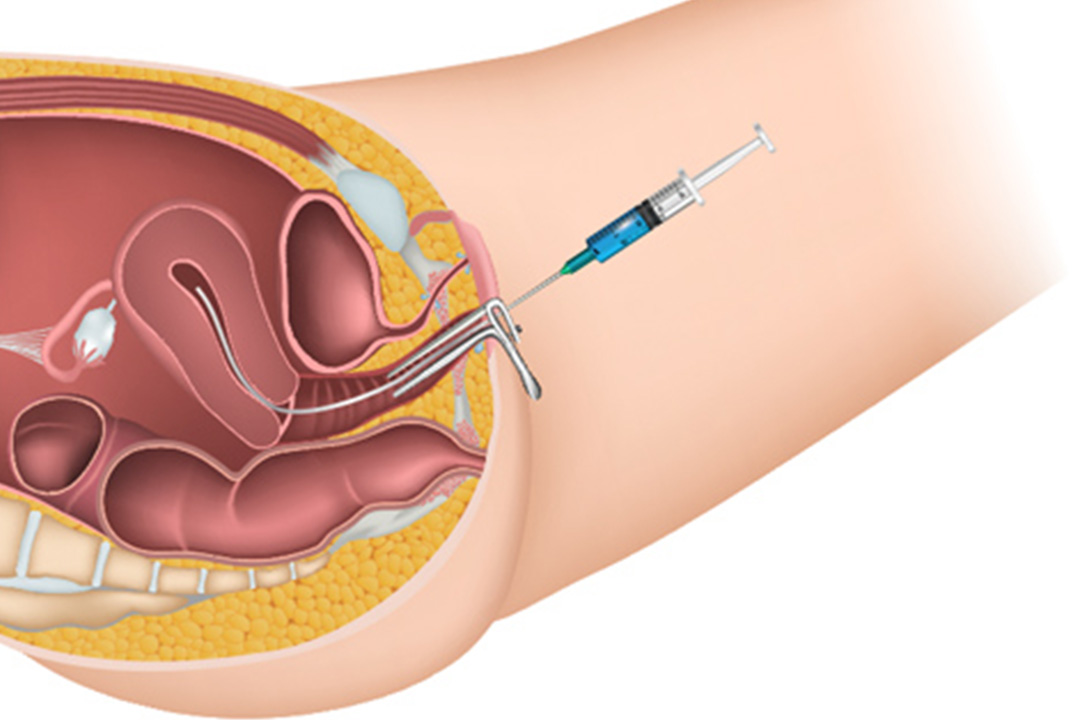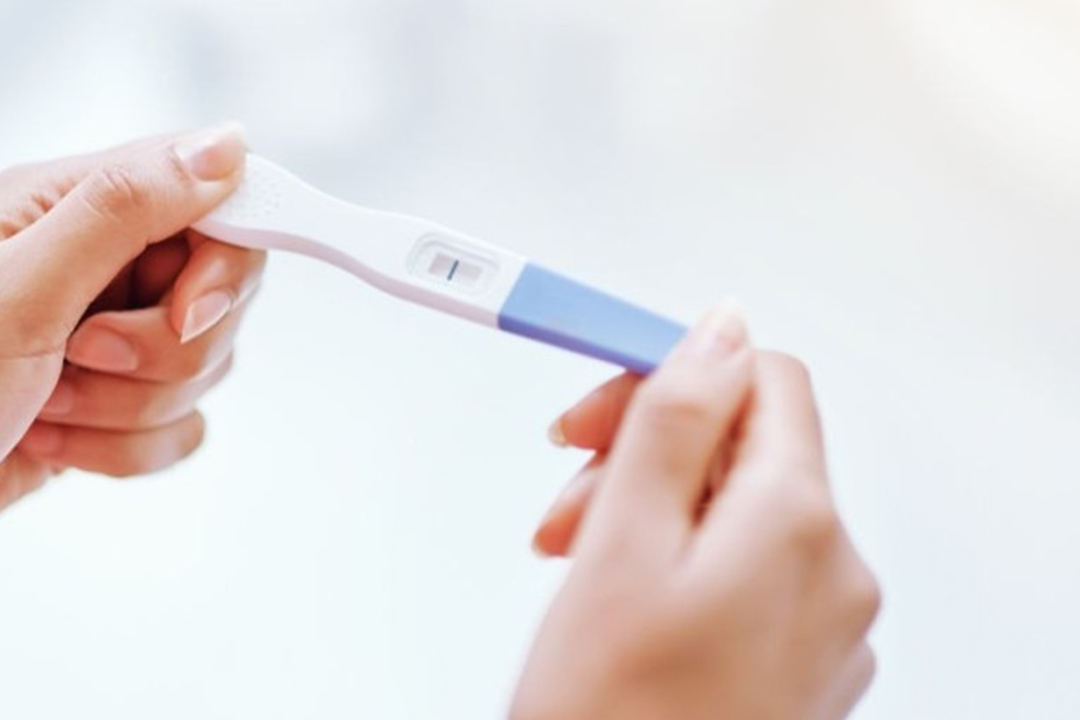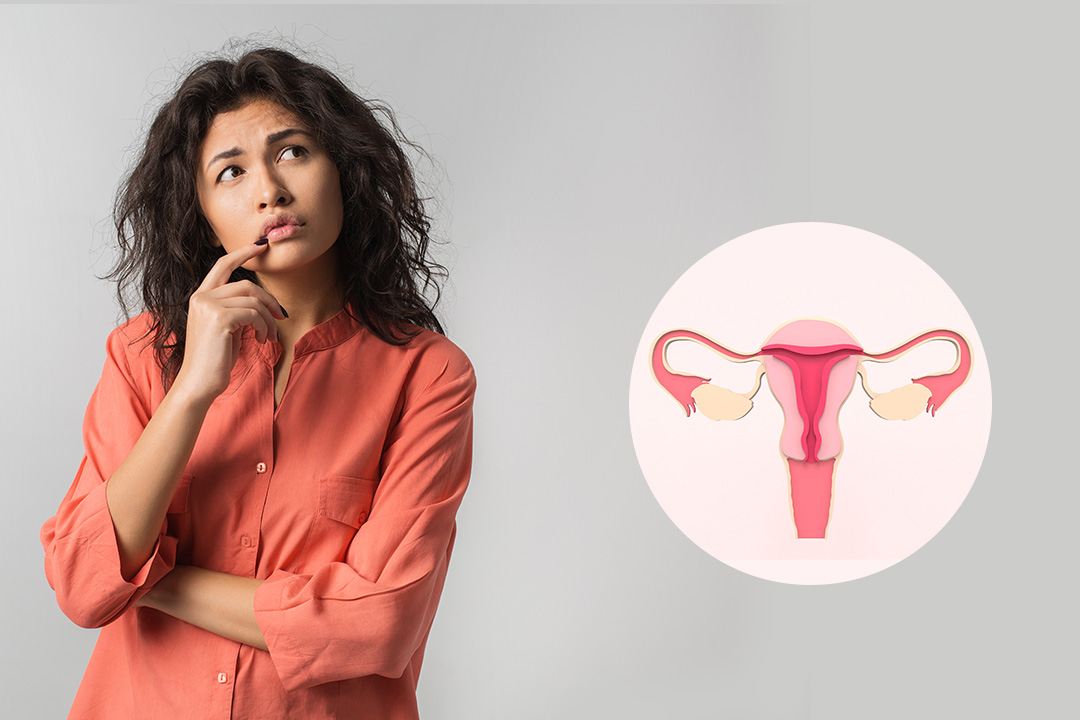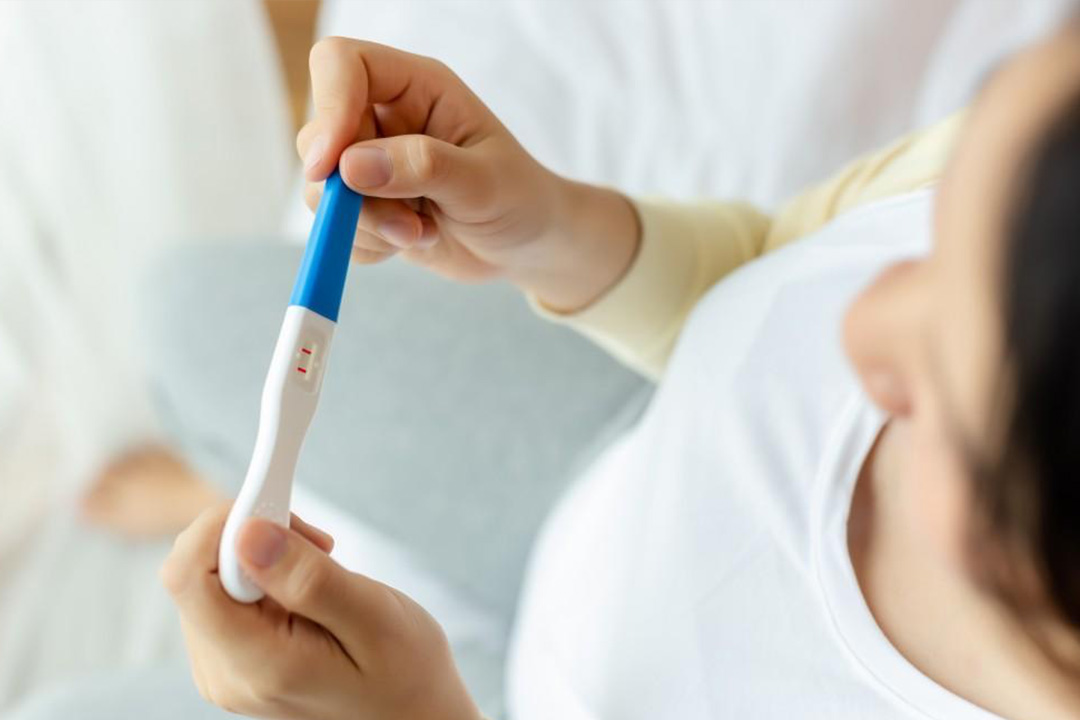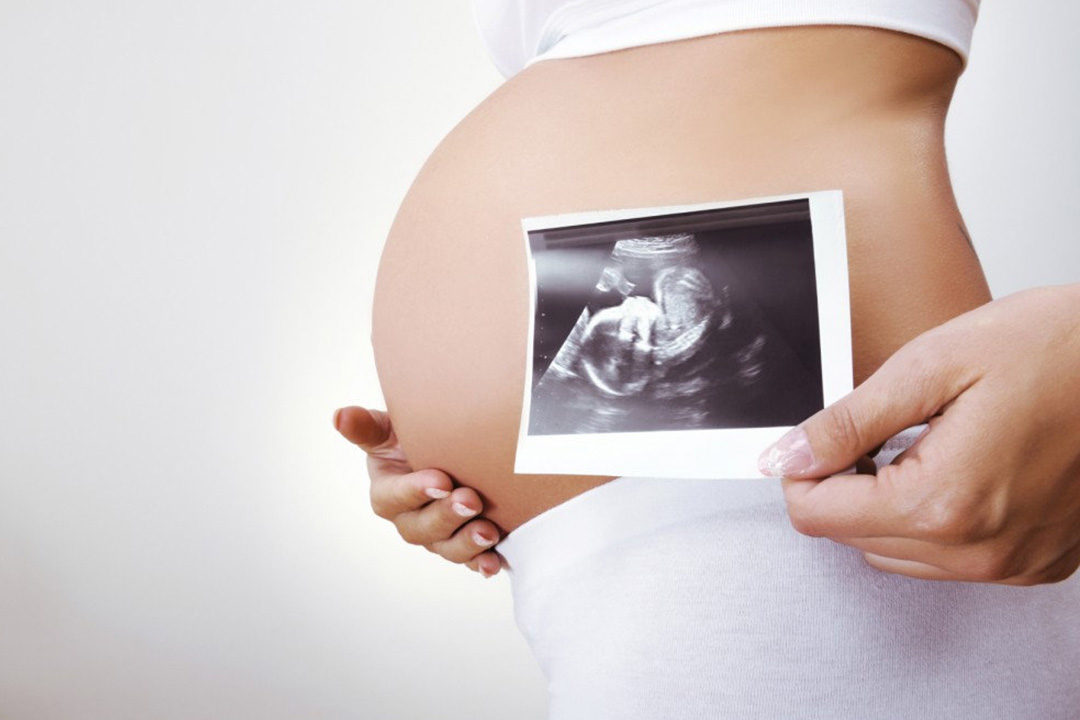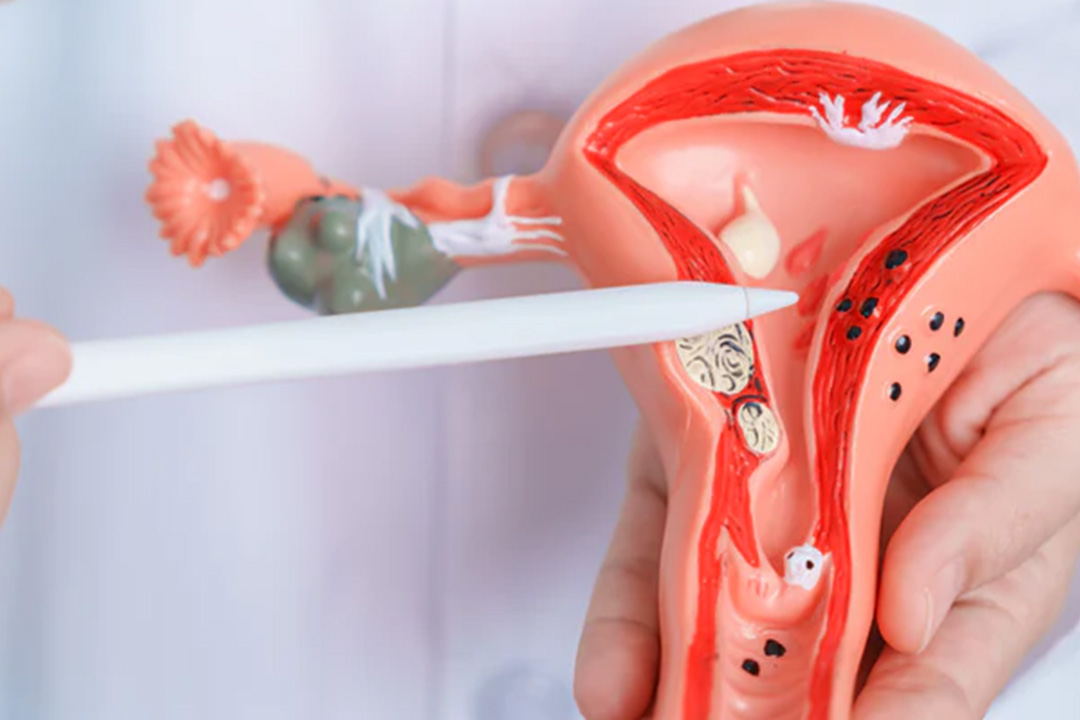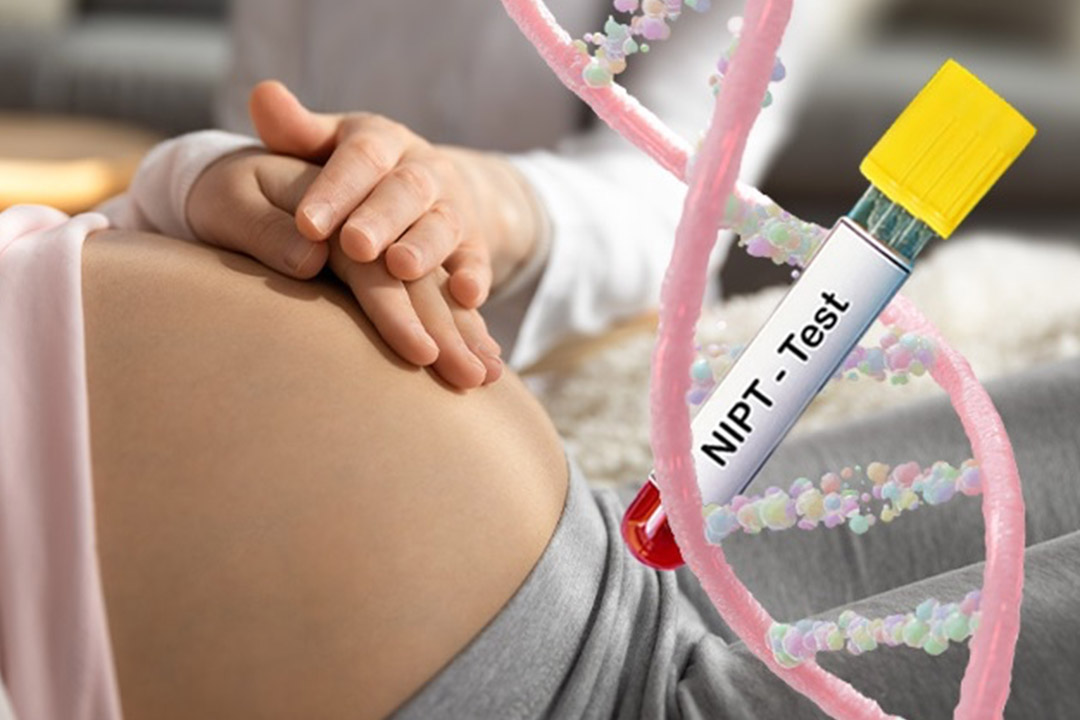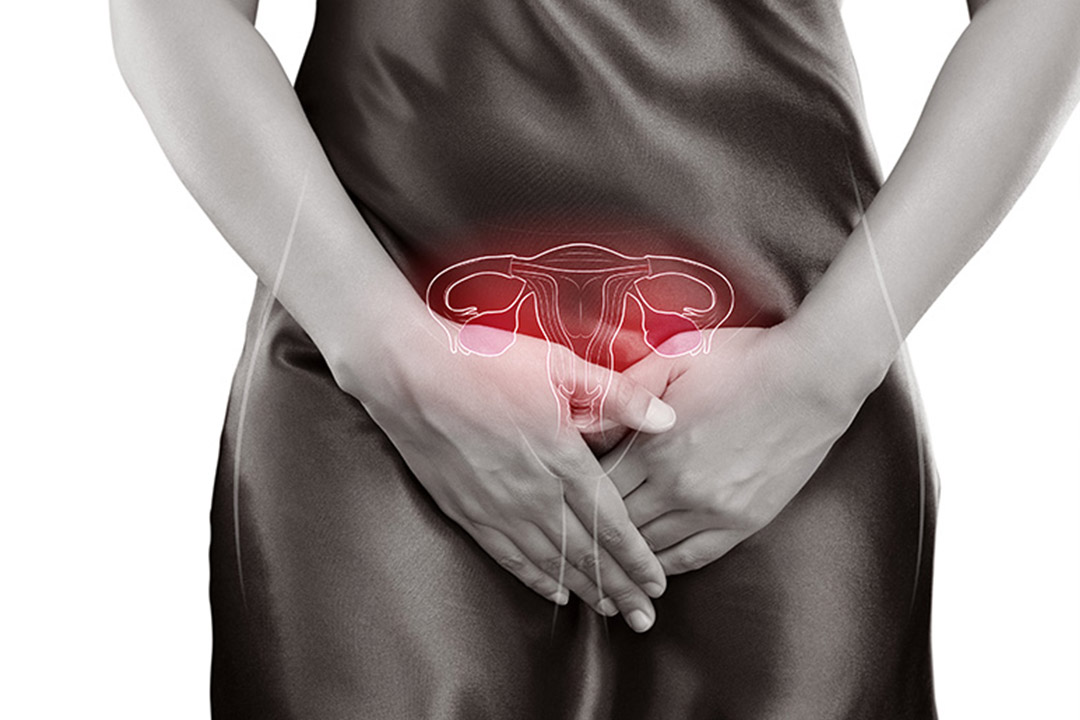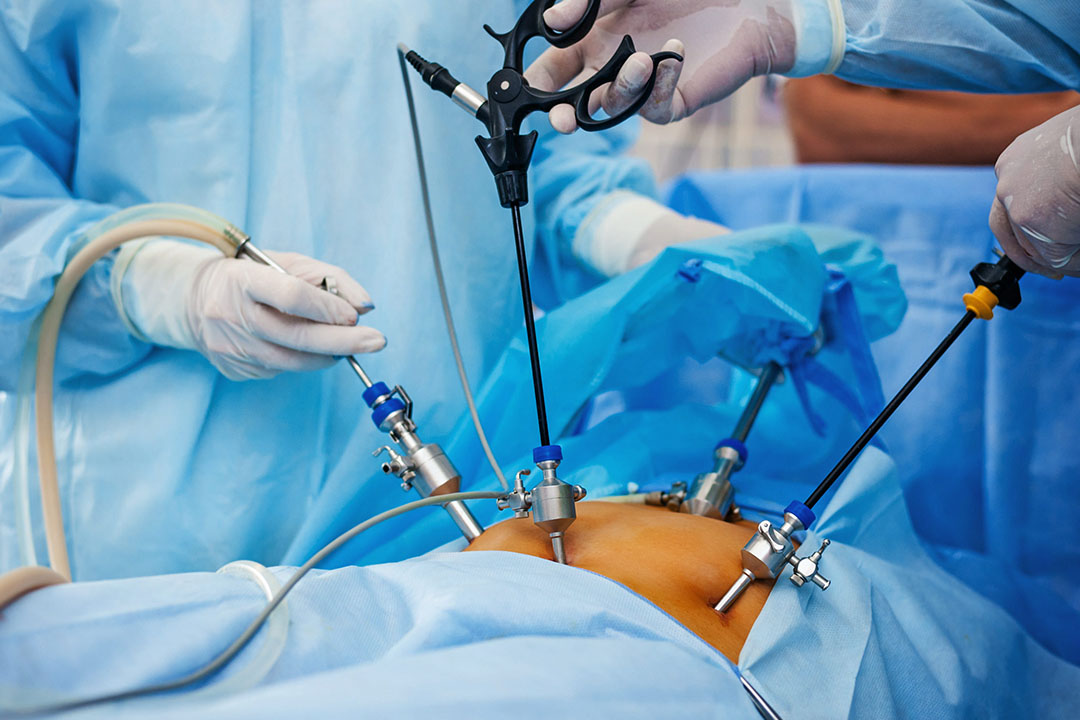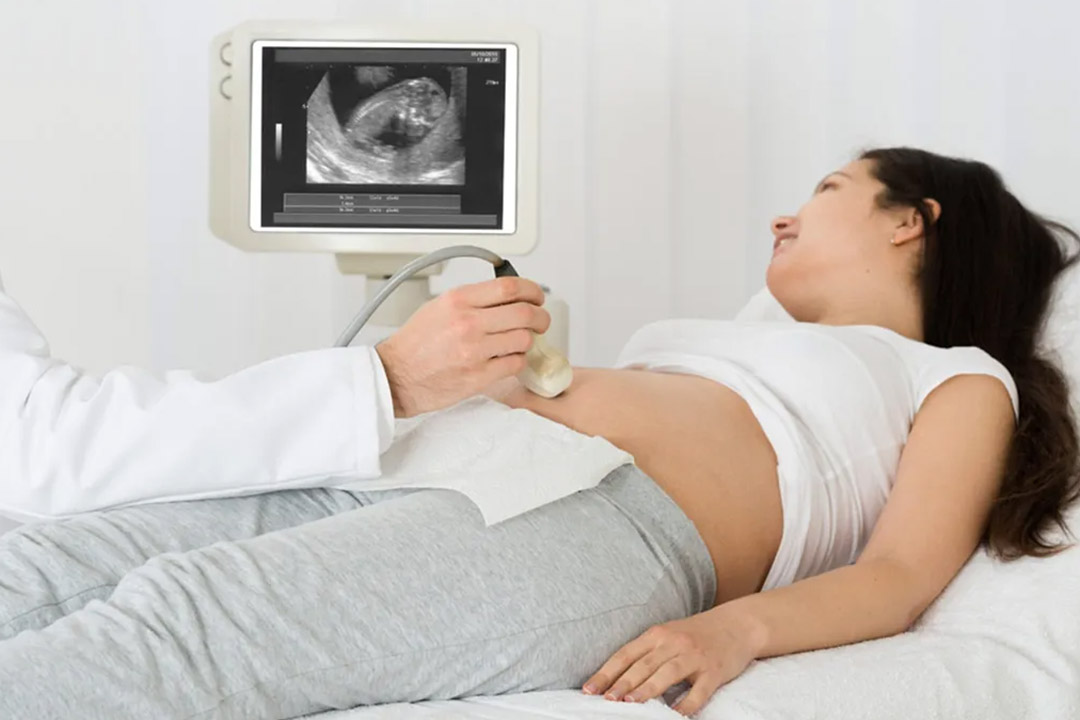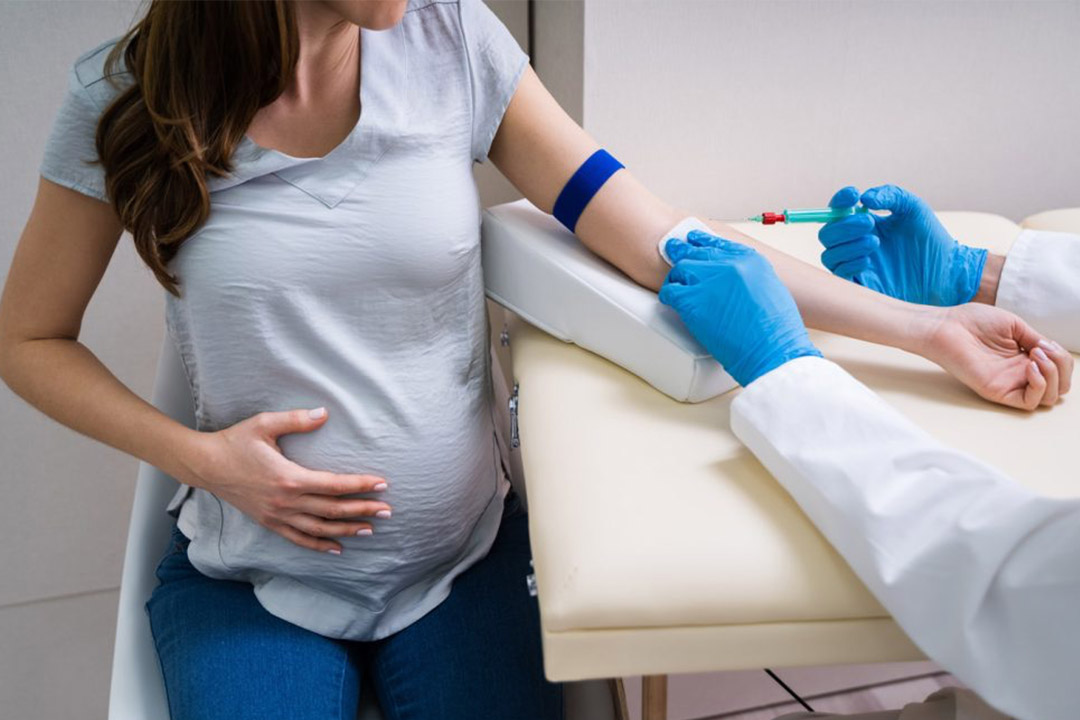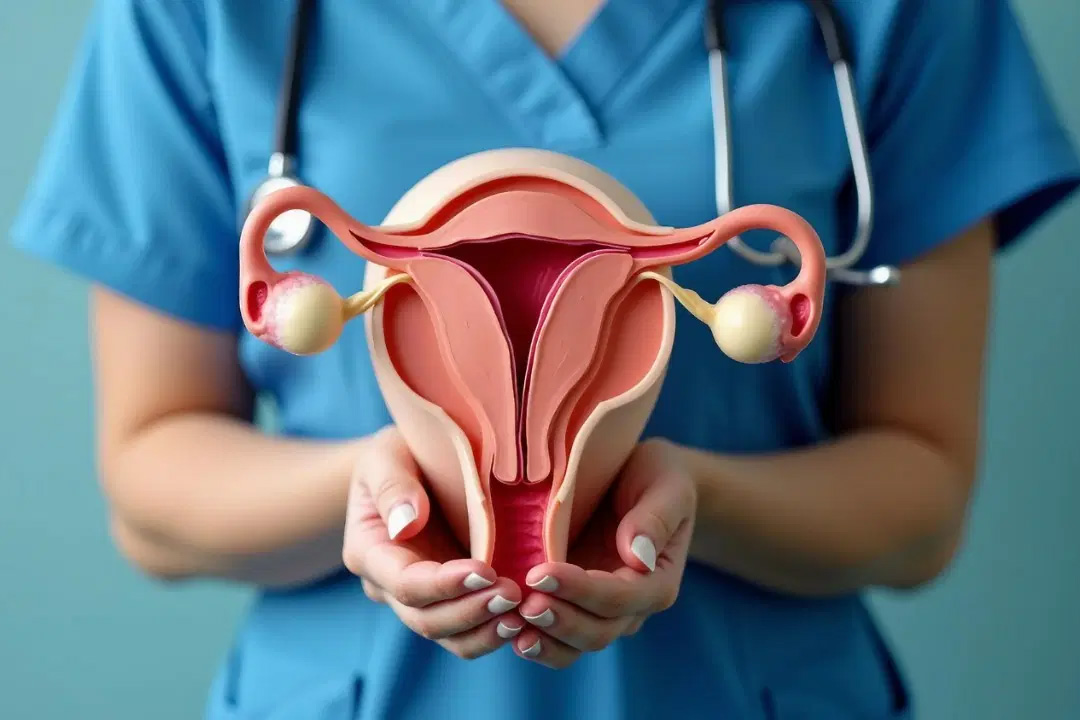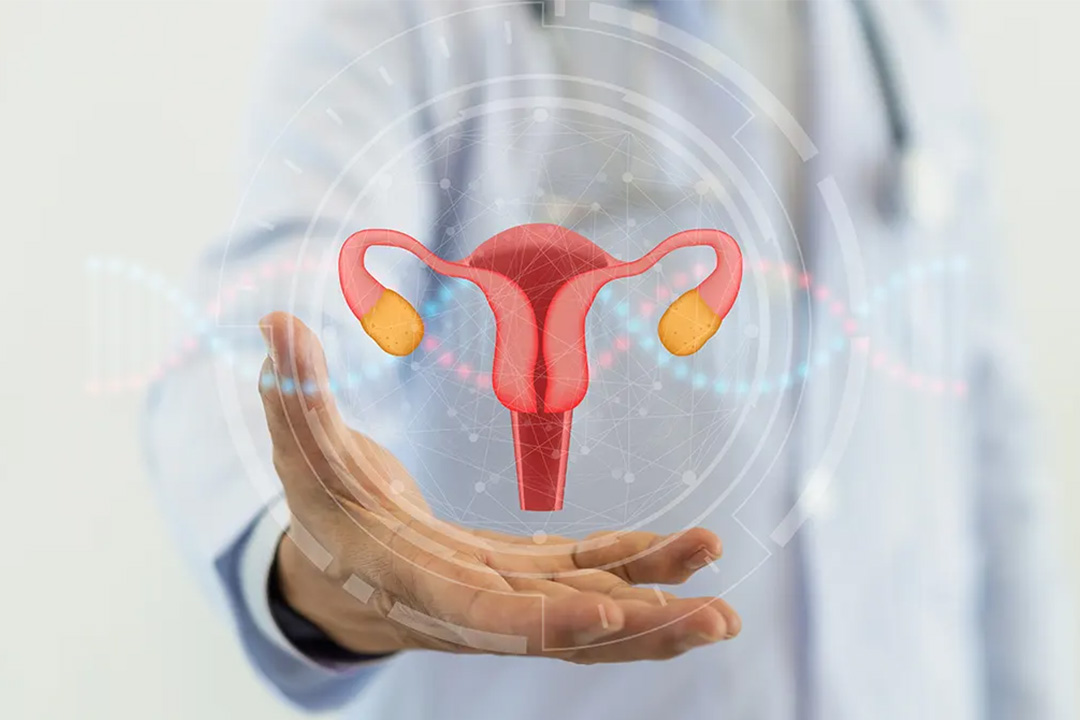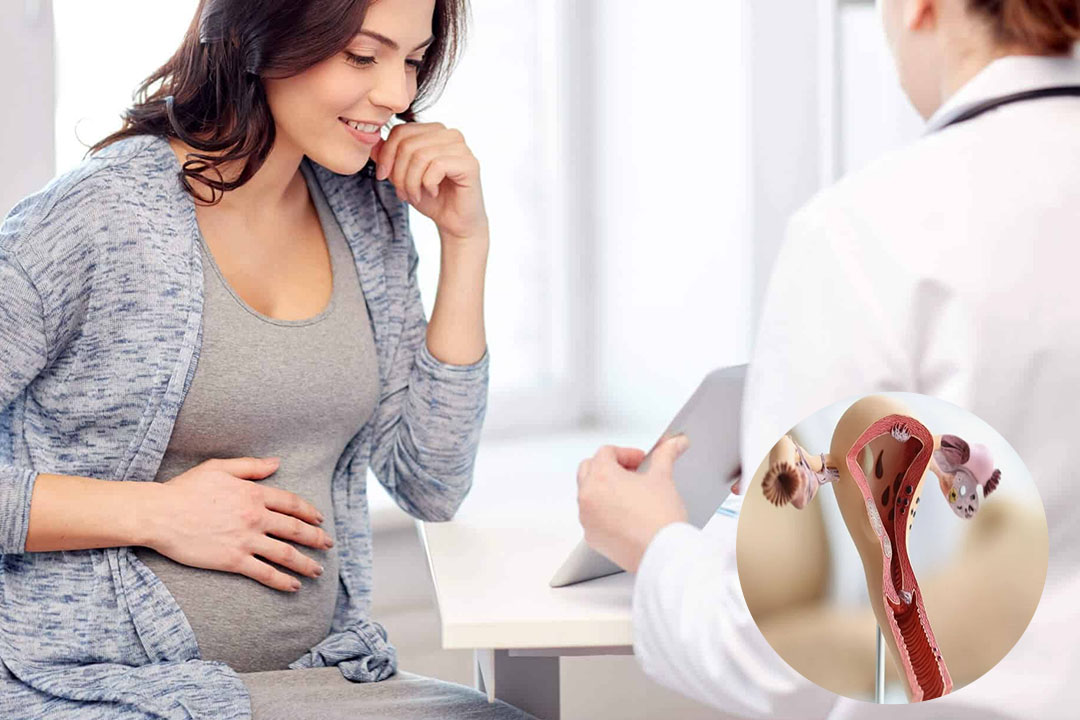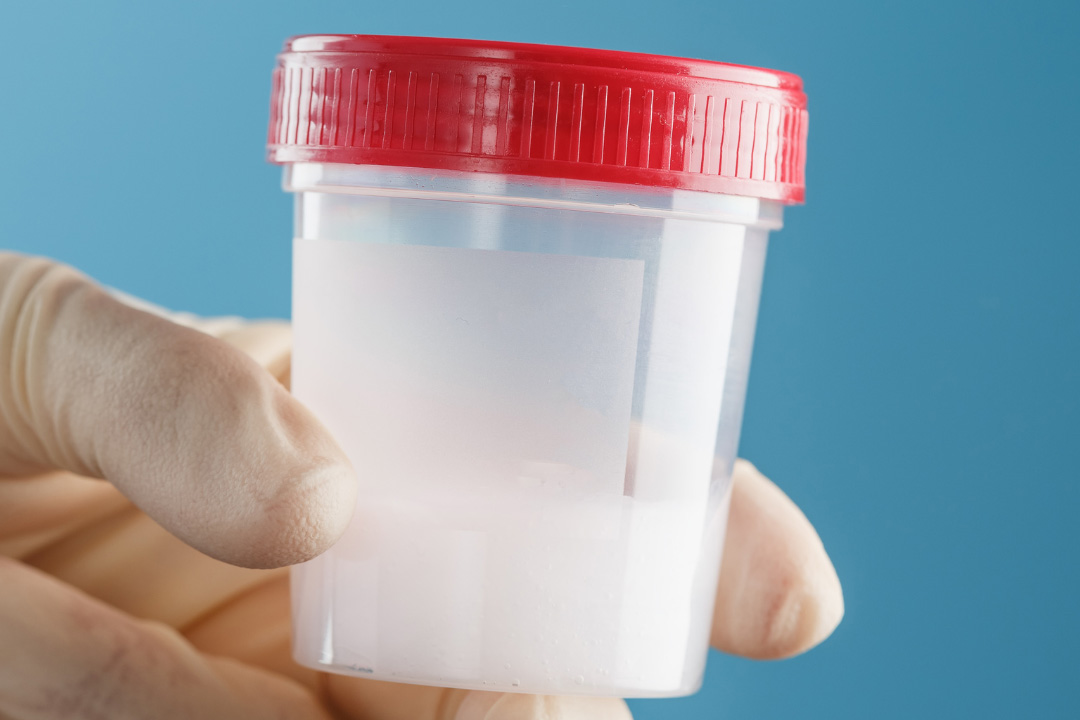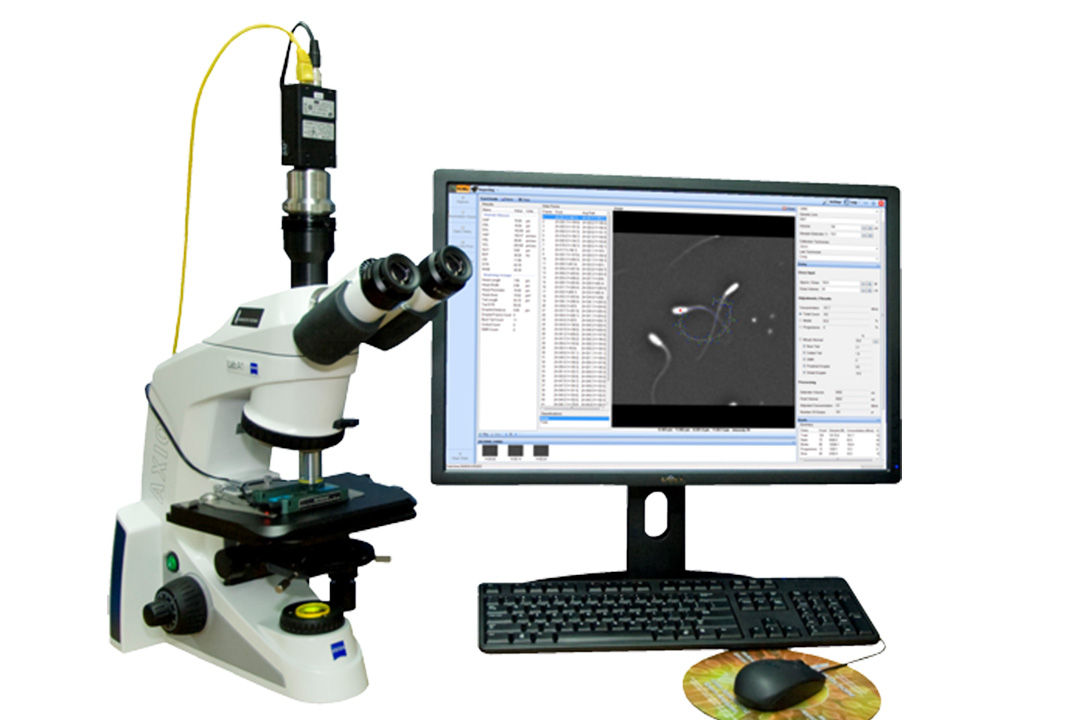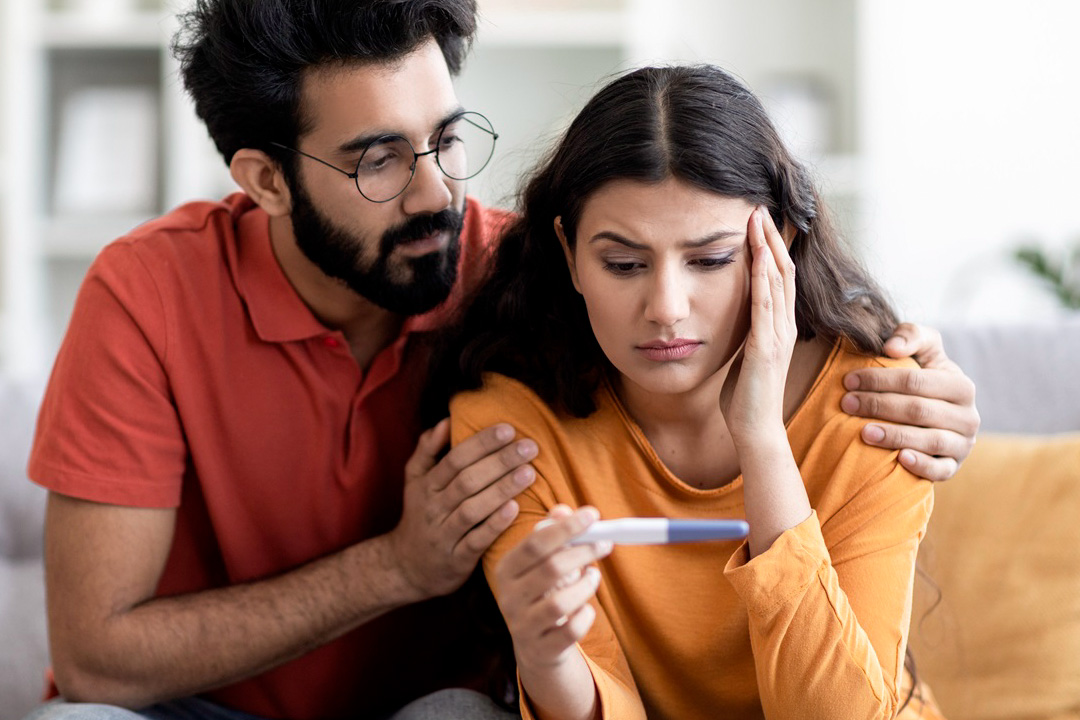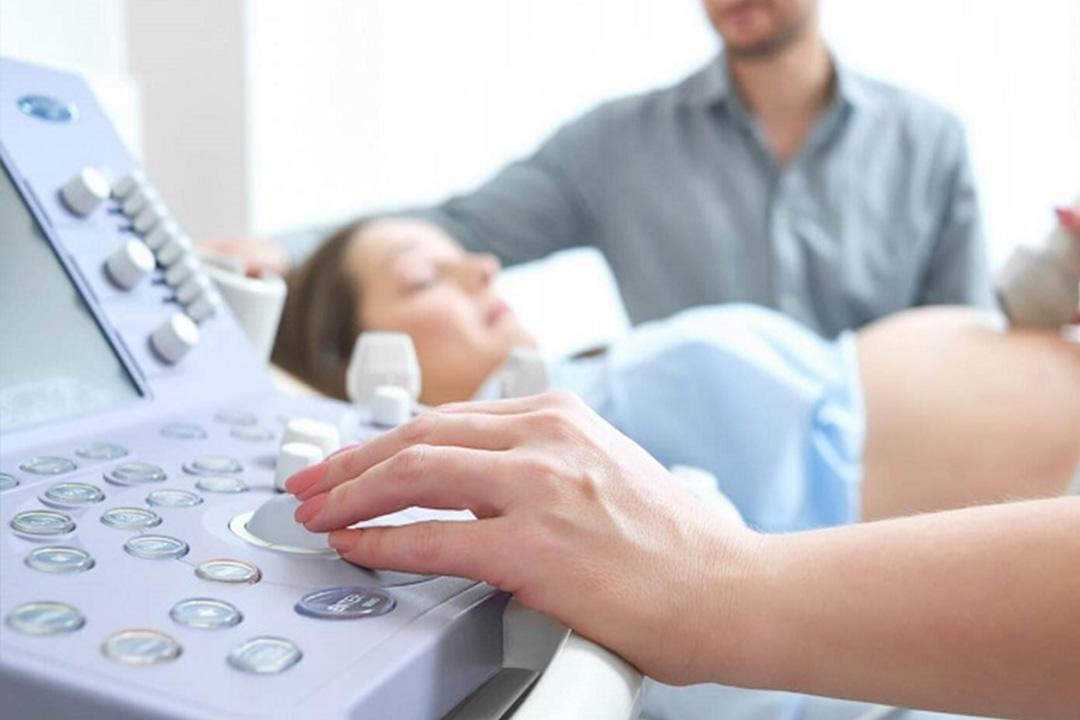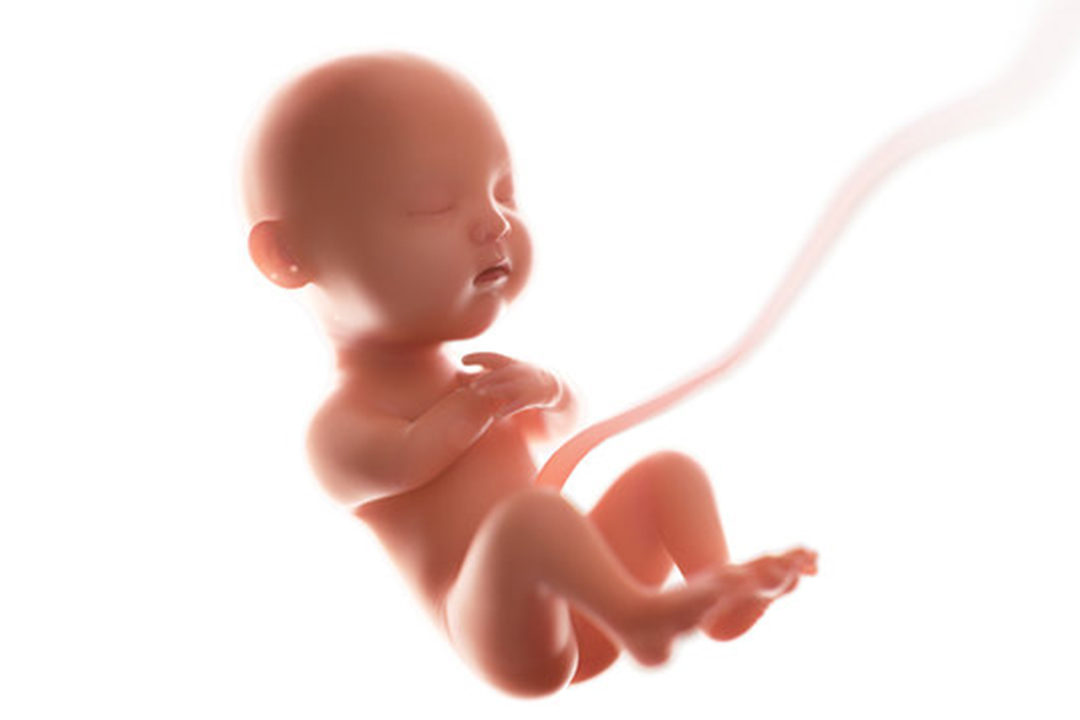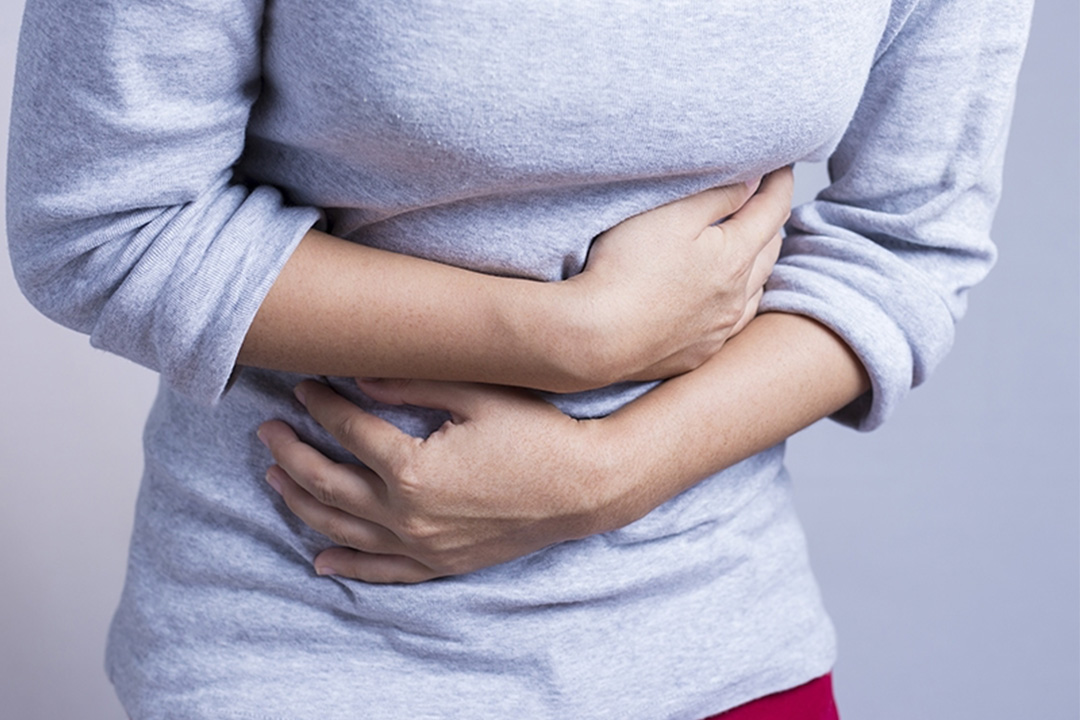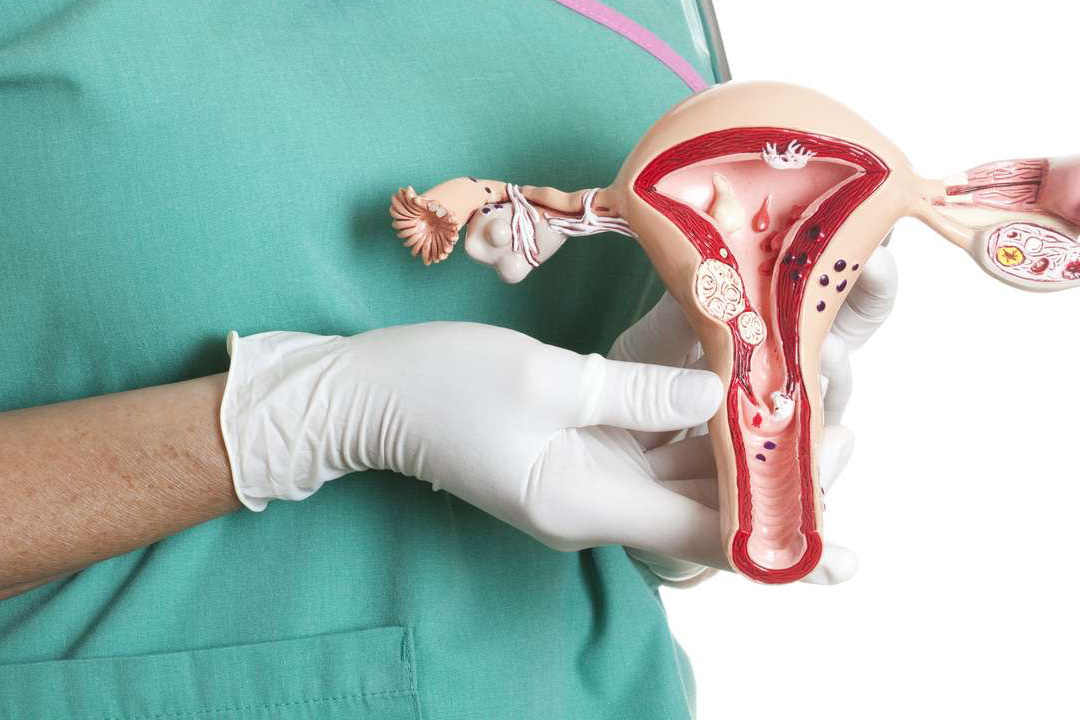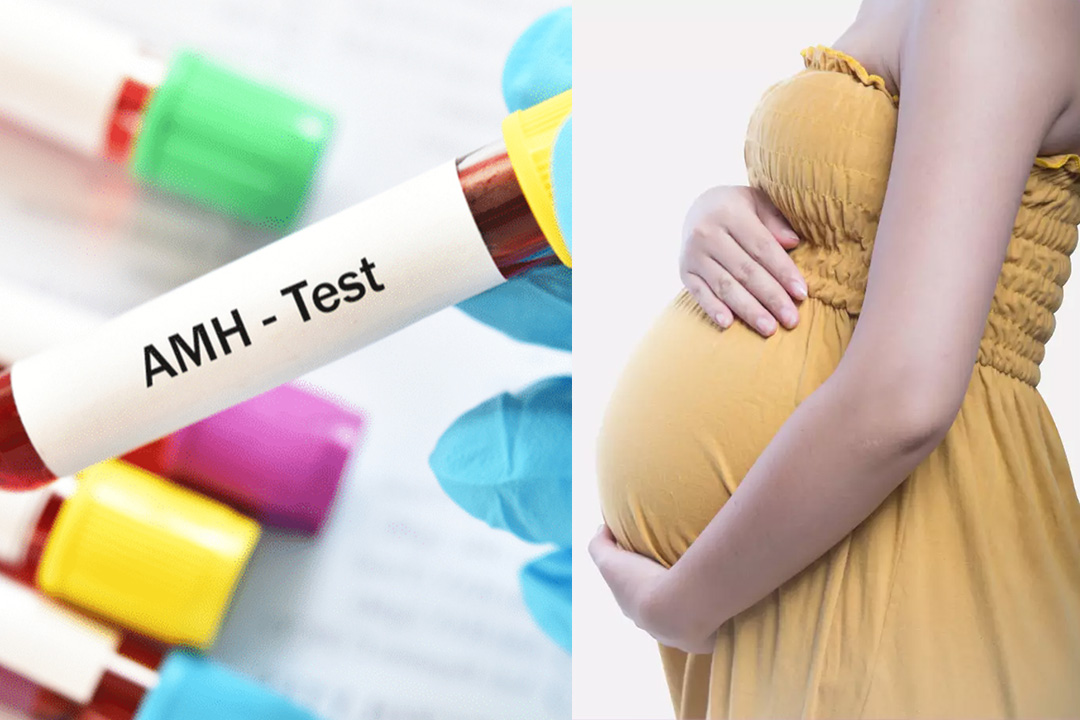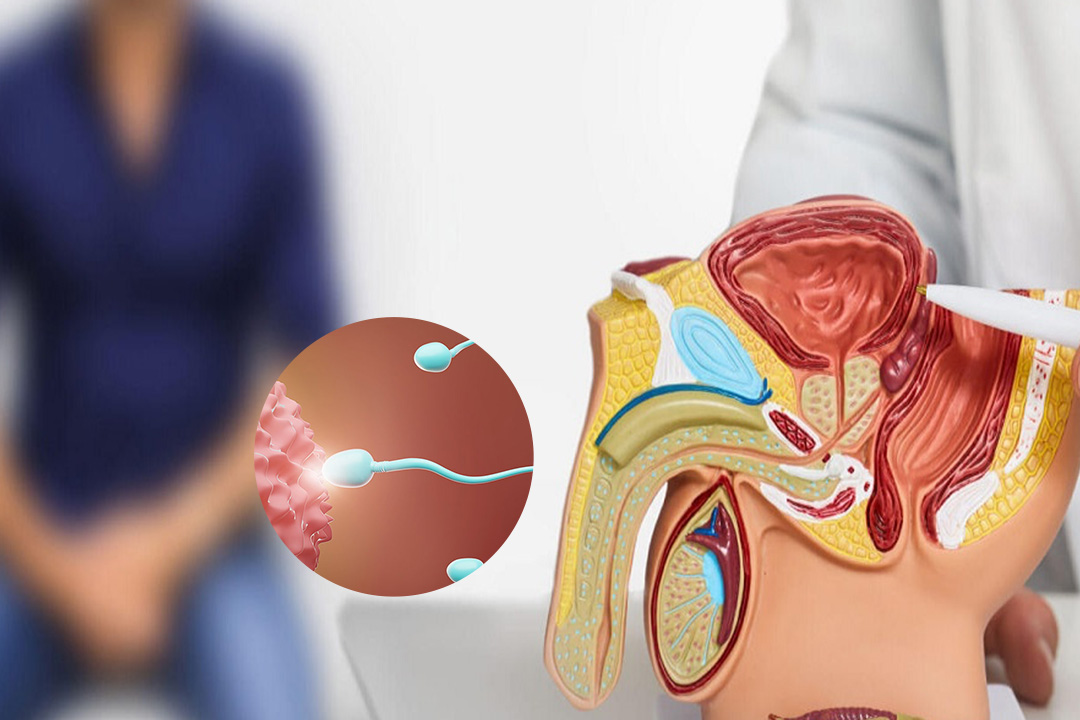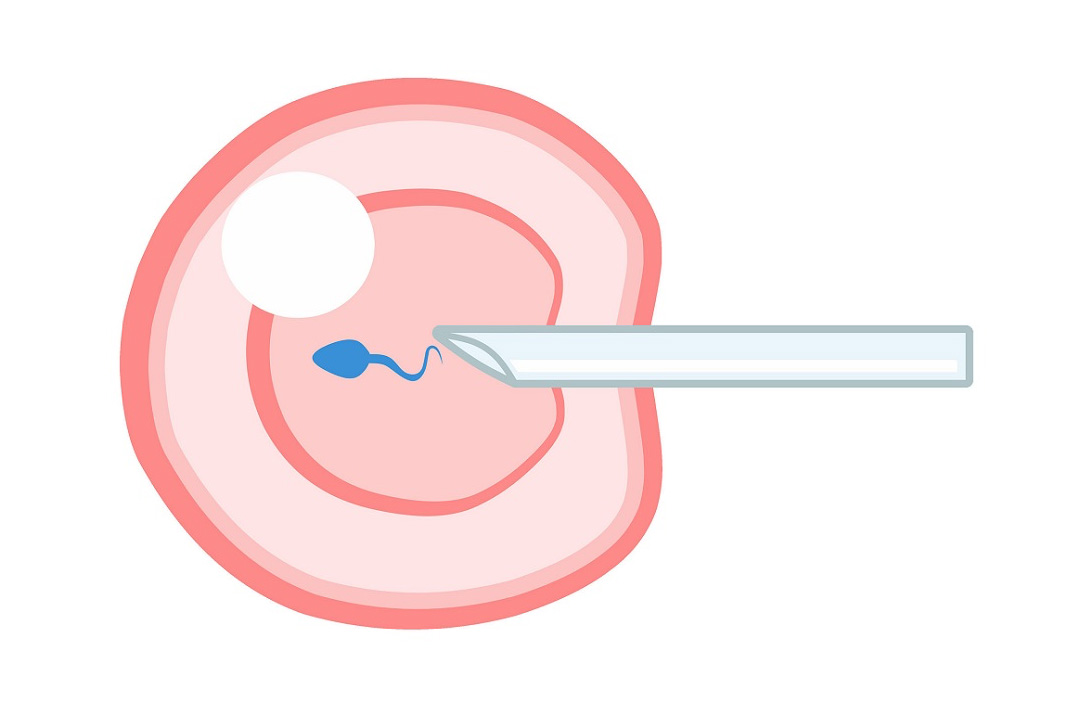Ovum Pick-up in IVF- What You Need To Know
One of the most important steps in the IVF process is the ovum pickup—the careful procedure of collecting eggs from the ovaries for later fertilization. By understanding how you prepare, what happens on the day of your procedure, and the steps that follow, you can face your IVF experience with greater confidence and a little less worry.
Basics of Ovum Pickup in IVF
Ovum pickup, often called egg retrieval, is a vital phase of IVF treatment. This process involves retrieving mature eggs from your ovaries after they've been encouraged to develop through hormone treatments.
In a few short steps, these eggs are then mixed with sperm in the lab, paving the way for embryo creation. Once the embryos have developed, they may be transferred back into the uterus, all with the hope of achieving a successful pregnancy.
This procedure is usually done under anesthesia, meaning you won't feel any pain during the collection. A specially designed needle gently extracts the eggs using a minimally invasive approach, and the whole process usually lasts only about 15 to 20 minutes. Most patients find that they can return home the same day, even though a brief recovery period is necessary afterward.
How to Prepare for Your Ovum Pick Up Procedure
The key to a smooth ovum pickup is careful and thoughtful preparation. Here are some detailed steps and tips that can help you get ready for this important part of your IVF journey.
Timing and the Role of Daily Injections
A major part of IVF involves a series of daily injections aimed at stimulating your ovaries to produce multiple eggs. This phase of treatment typically lasts anywhere from 10 to 16 days.
The purpose is to get your follicles to reach an optimal size—usually between 18 and 20 millimeters, before the final injection, often known as the 'trigger shot,' is given.
Getting the timing right for the trigger shot is critical. It's used to induce ovulation, and any miscalculation in timing could mean that the eggs are either not ready or have aged past their ideal window.
Storing Your Medications Properly
Another important aspect of preparation is how you store your medications. The final trigger shot, for example, should always be kept in the refrigerator not the freezer. This is to preserve its effectiveness. When you transport your medication to your healthcare facility, be sure to keep it cool. This careful handling is essential for maintaining the quality of the medication, which in turn supports the proper development of your eggs.
Preparing Your Partner's Sample
If male fertility is a concern in your case, your partner might be asked to produce a semen sample a few days before your egg retrieval. Typically, this sample should be collected about 3 to 4 days ahead of time to ensure a healthy supply of sperm for fertilization. Both the quality and the number of sperm play a significant role in the overall success of the IVF process.
Taking Antibiotics and Digestive Cleansing Measures
Your doctor may prescribe a round of antibiotics along with medication to cleanse your digestive system, usually starting a day before the procedure. The antibiotics help prevent any potential infections, while the cleansing medication gets your body prepped and ready for the egg collection. This step is an essential part of creating a sterile, safe environment during the ovum pickup.
Pre-Procedure Medical Testing
Before you head into the procedure, you'll likely need to undergo some routine tests—blood work being a common example. In certain cases, an electrocardiogram (ECG) might also be necessary, particularly if you're older or have pre-existing health conditions.
These tests are done to confirm that you're in good health and can safely undergo anesthesia and the procedure itself, minimizing any risks.
What to Expect on the Day of Your Ovum Pickup
The day of the procedure is full of important details, and following your doctor's advice closely is crucial. Here's what you can typically expect:
Fasting Before the Procedure
You will usually be asked to fast from midnight on the day of the procedure. This means no food or drinks after midnight so that your stomach remains empty for anesthesia. Fasting is a standard precaution—it helps reduce the risk of complications once the anesthesia kicks in.
Extra Procedures When Needed
In some situations, an additional procedure may be required. For instance, if your partner has a condition like azoospermia—where there is an absence of sperm in the ejaculate—a testicular sperm extraction (TESA) might be scheduled on the same day as your ovum pickup. If this happens, having someone close by to offer support can be a big help, both emotionally and practically.
Ovum Pick Up Procedure
Now, let's take a closer look at the procedure itself, this is where all your preparation comes together.
Undergoing Anesthesia
The ovum pickup is performed under anesthesia, which means you won't feel any pain during the process. Depending on your medical history and your clinic's protocols, you might receive general anesthesia or a combination of local anesthesia and sedation. Both methods are widely considered safe and help keep you relaxed and comfortable.
The Process of Egg Retrieval
Once you're comfortably sedated, the doctor uses an ultrasound to pinpoint your ovaries and identify the developing follicles. A very fine needle is then carefully inserted through the vaginal wall into each follicle.
This needle gently applies suction to retrieve the eggs. Since this procedure is minimally invasive—meaning no large incisions are needed—it's generally easier on your body and helps speed up recovery.
Keeping the Eggs at the Right Temperature
During the collection, the eggs are maintained at a stable 37°C (which is the body's natural temperature) using a temperature-controlled system. This consistency is crucial as it helps preserve the eggs' viability. Once collected, the eggs are swiftly taken to the lab, where they will be fertilized with sperm to begin the process of creating embryos.
Recovery and Post-Procedure Care
After the egg retrieval, you'll have a short period of recovery. Here's what you can expect during that time and some tips for taking care of yourself afterward.
Immediate Recovery
Immediately after the procedure, you'll be moved to a recovery area. Here, medical staff will keep a close eye on you as the effects of the anesthesia wear off. In most cases, patients wake up within 15 to 20 minutes and are ready to head home within a couple of hours. Although the procedure itself doesn't cause pain, you might notice some mild discomfort or a feeling of heaviness in the pelvic region. This is perfectly normal and usually goes away after a few days.
Handling Any Discomfort
While the procedure is designed to be as comfortable as possible, it's not uncommon to experience slight cramping or some mild abdominal pain afterward. If necessary, your doctor might suggest over-the-counter pain relievers to ease any discomfort. However, if you experience more severe pain or notice any unusual symptoms, it's important to reach out to your healthcare provider right away.
How Long Does Recovery Take?
The recovery time varies from one person to another. Many patients find that they can return to their usual activities within just a few days, although some might need a little extra time to fully bounce back. The best advice is to listen to your body: avoid any strenuous activities until you're feeling completely ready, and follow your doctor's recommendations about resuming exercise or work. In case you notice signs of an infection—such as a fever or unusual vaginal discharge—make sure to contact your doctor immediately.
Common Questions About Ovum Pickup
Here are some frequently asked questions to help clarify any uncertainties about the process:
How are the eggs retrieved from the ovaries?
The eggs are collected using a delicate needle guided by ultrasound imaging. This precise method allows the needle to reach each follicle without causing harm to surrounding tissues. The procedure is minimally invasive and done under anesthesia, so you remain comfortable throughout.
Is the procedure safe?
Yes, egg retrieval is generally considered a safe procedure. It's carried out in a controlled, sterile environment, with strict hygiene practices in place. Anesthesia and minimally invasive techniques further reduce the risk of complications. Still, as with any medical procedure, there can be minor risks, which your doctor will explain in detail.
Will I experience any pain during or after the procedure?
No, you shouldn't feel any pain during the procedure because you're under anesthesia. While you might experience a bit of discomfort or cramping afterward, this is usually mild and can be managed with over-the-counter pain relievers.
Conclusion
The ovum pickup is an important stage in the IVF journey. Knowing what to expect from carefully scheduled injections and medicine storage to the exact egg retrieval process and post-procedure recovery allows you to take an active part in your care. Each stage is designed to increase your chances of success while making you feel comfortable and recommended.
About Us
AKsigen IVF is a premier center for advanced fertility treatments, with renowned fertility experts on our team. Specializing in IVF, ICSI, egg freezing, and other cutting-edge reproductive technologies, AKsigen IVF is committed to helping couples achieve their dream of parenthood. With personalized care and a patient-first approach, AKsigen IVF provides comprehensive fertility solutions under one roof.




